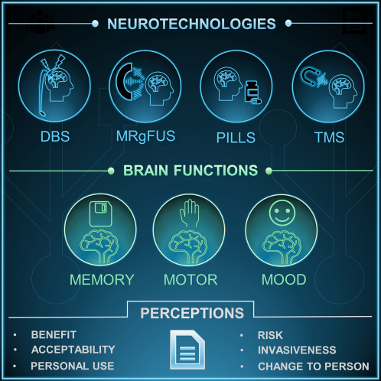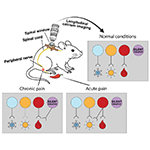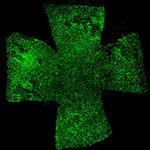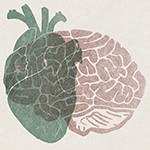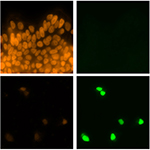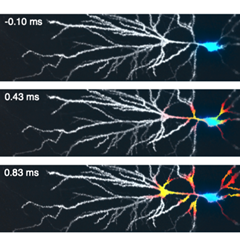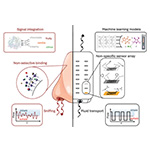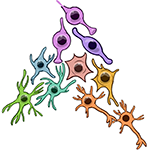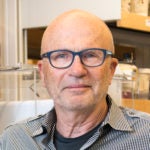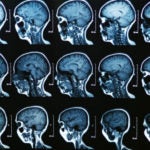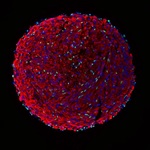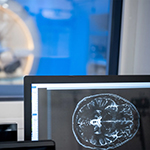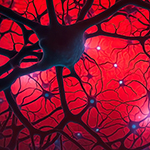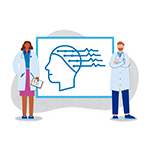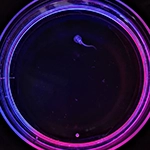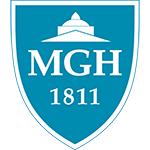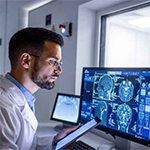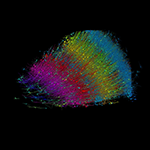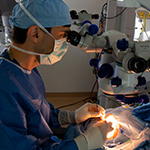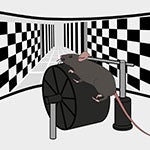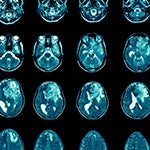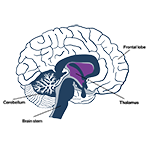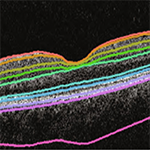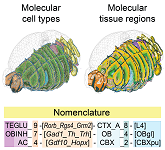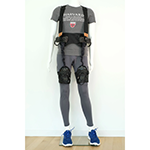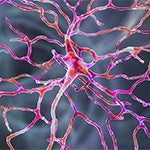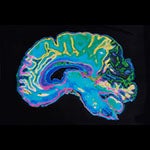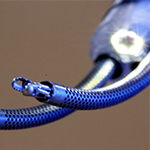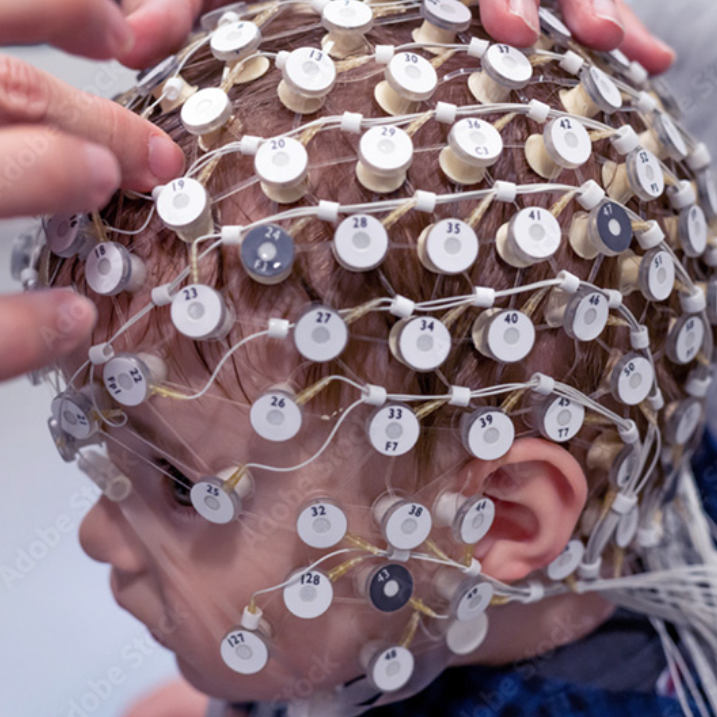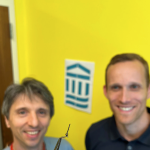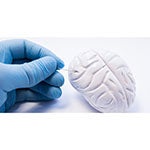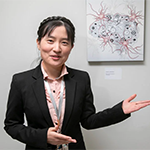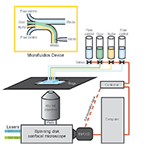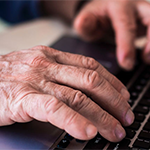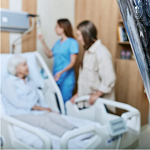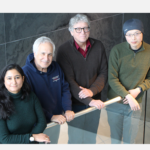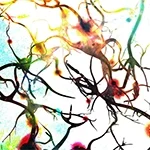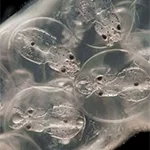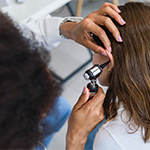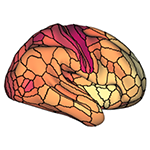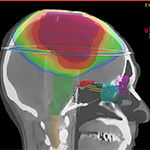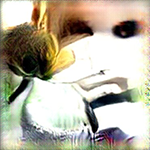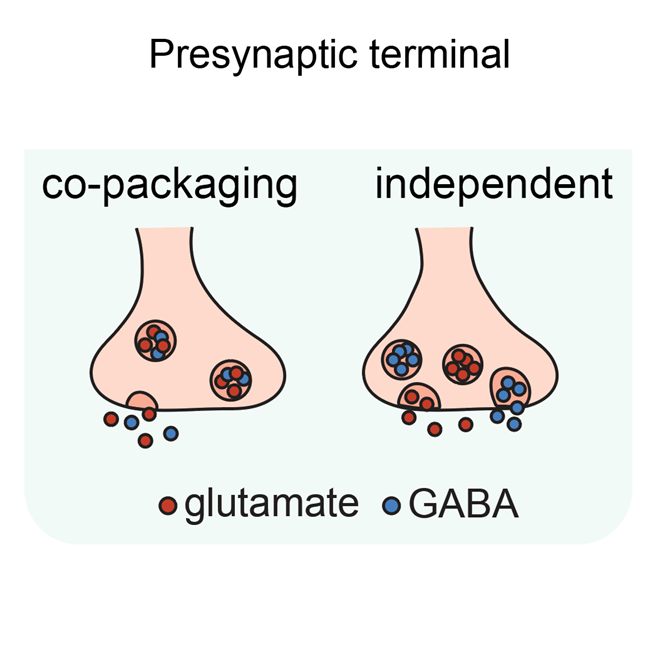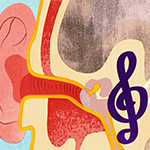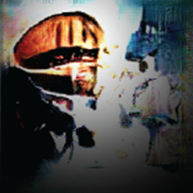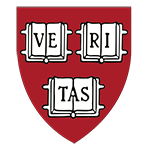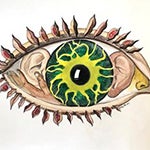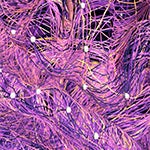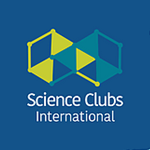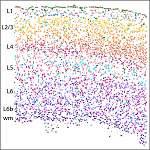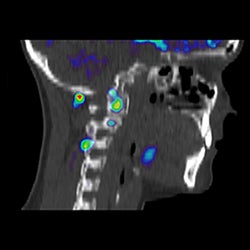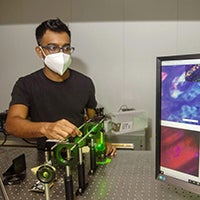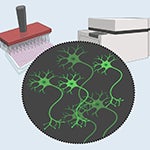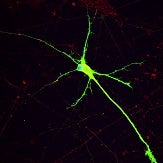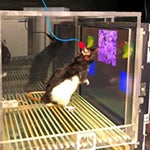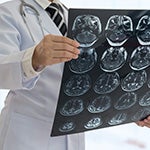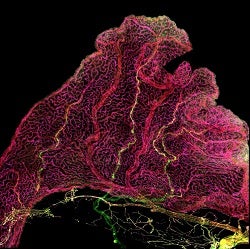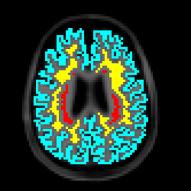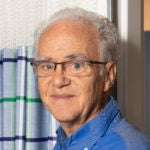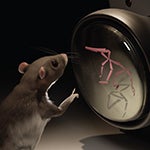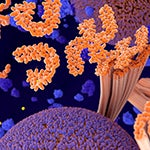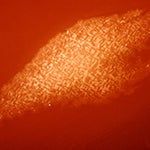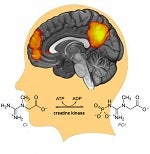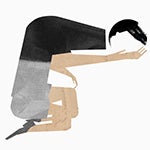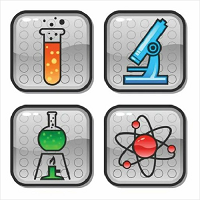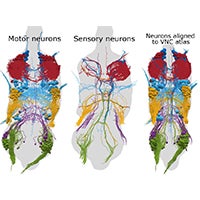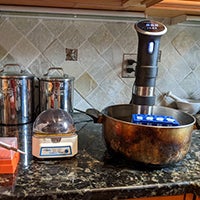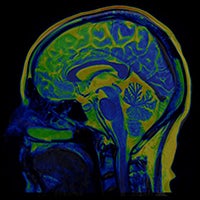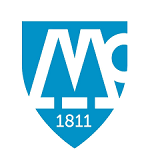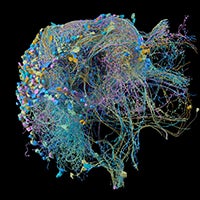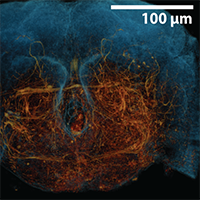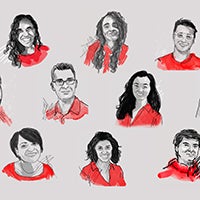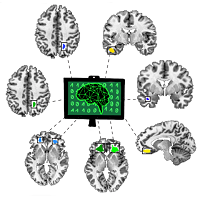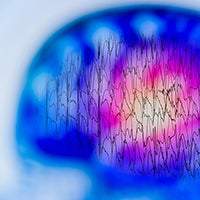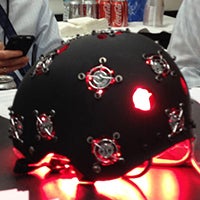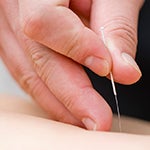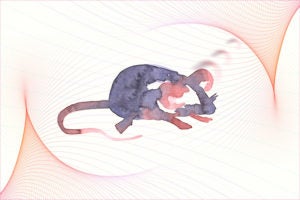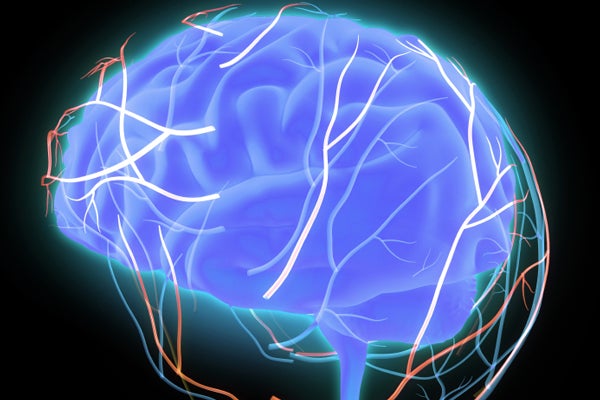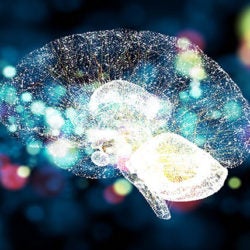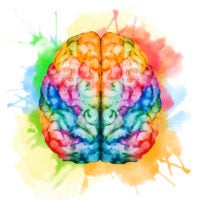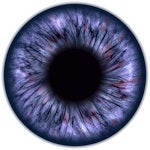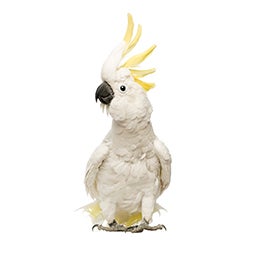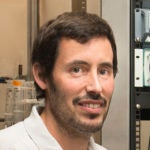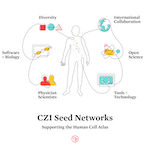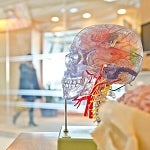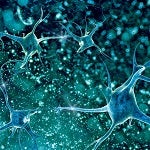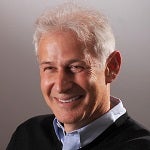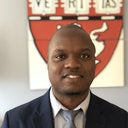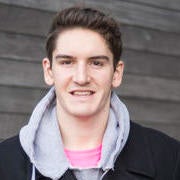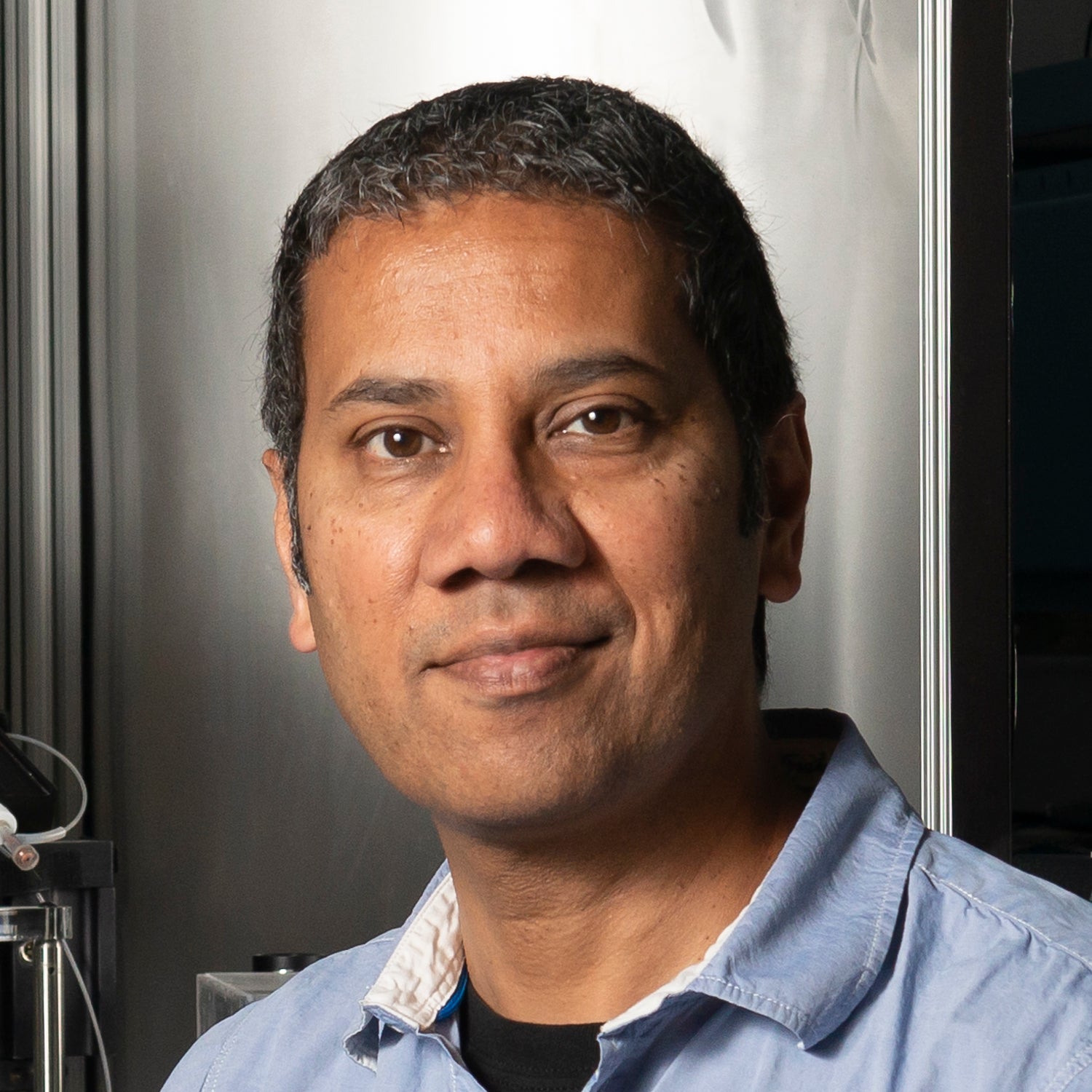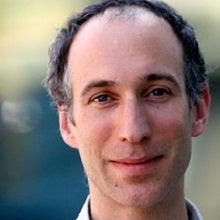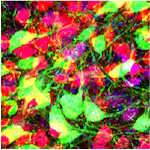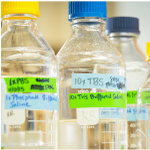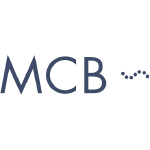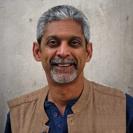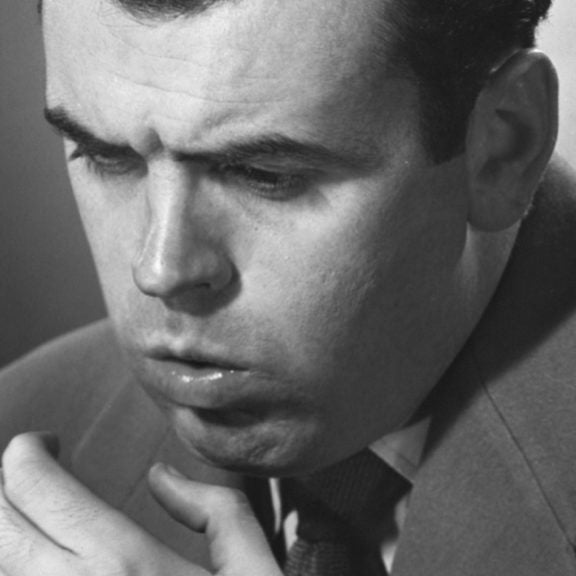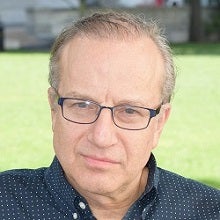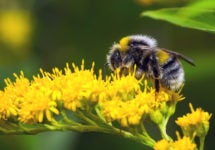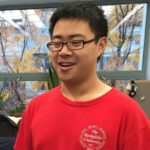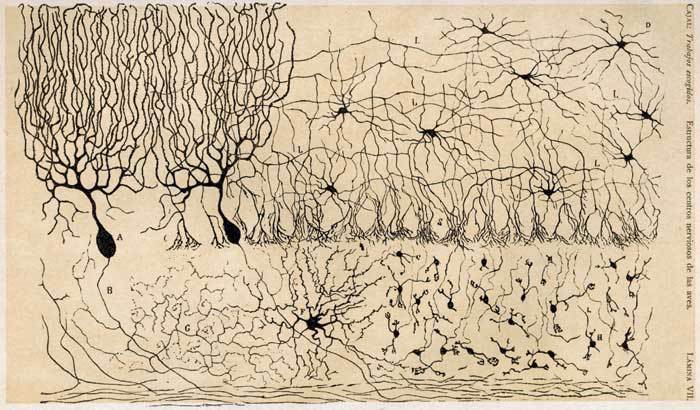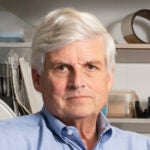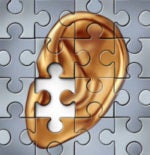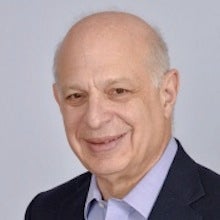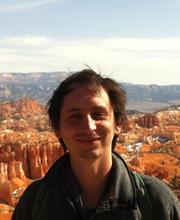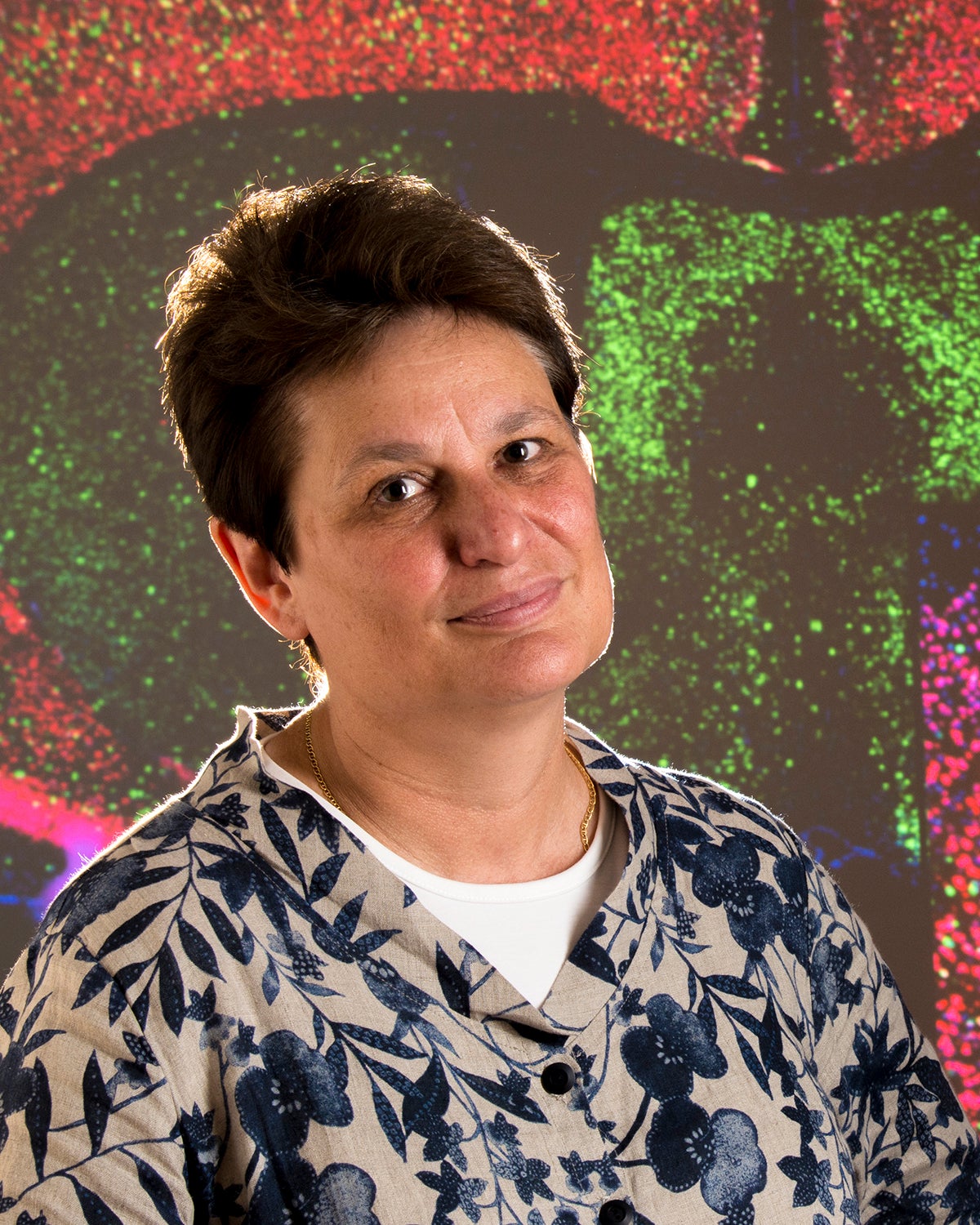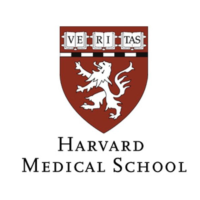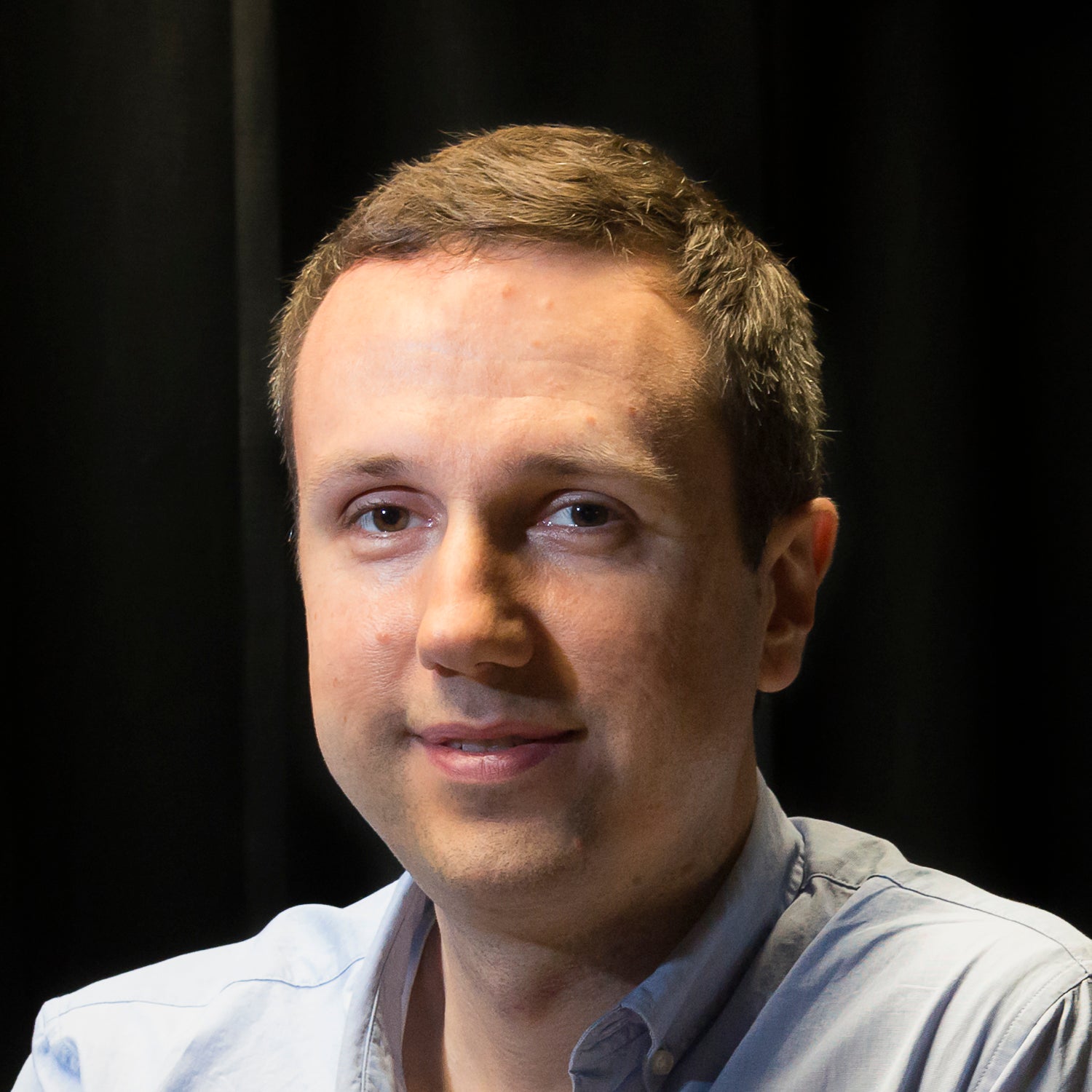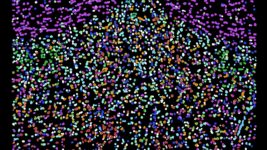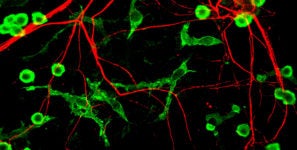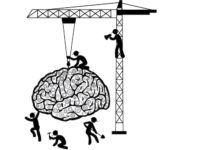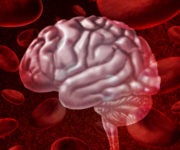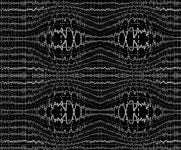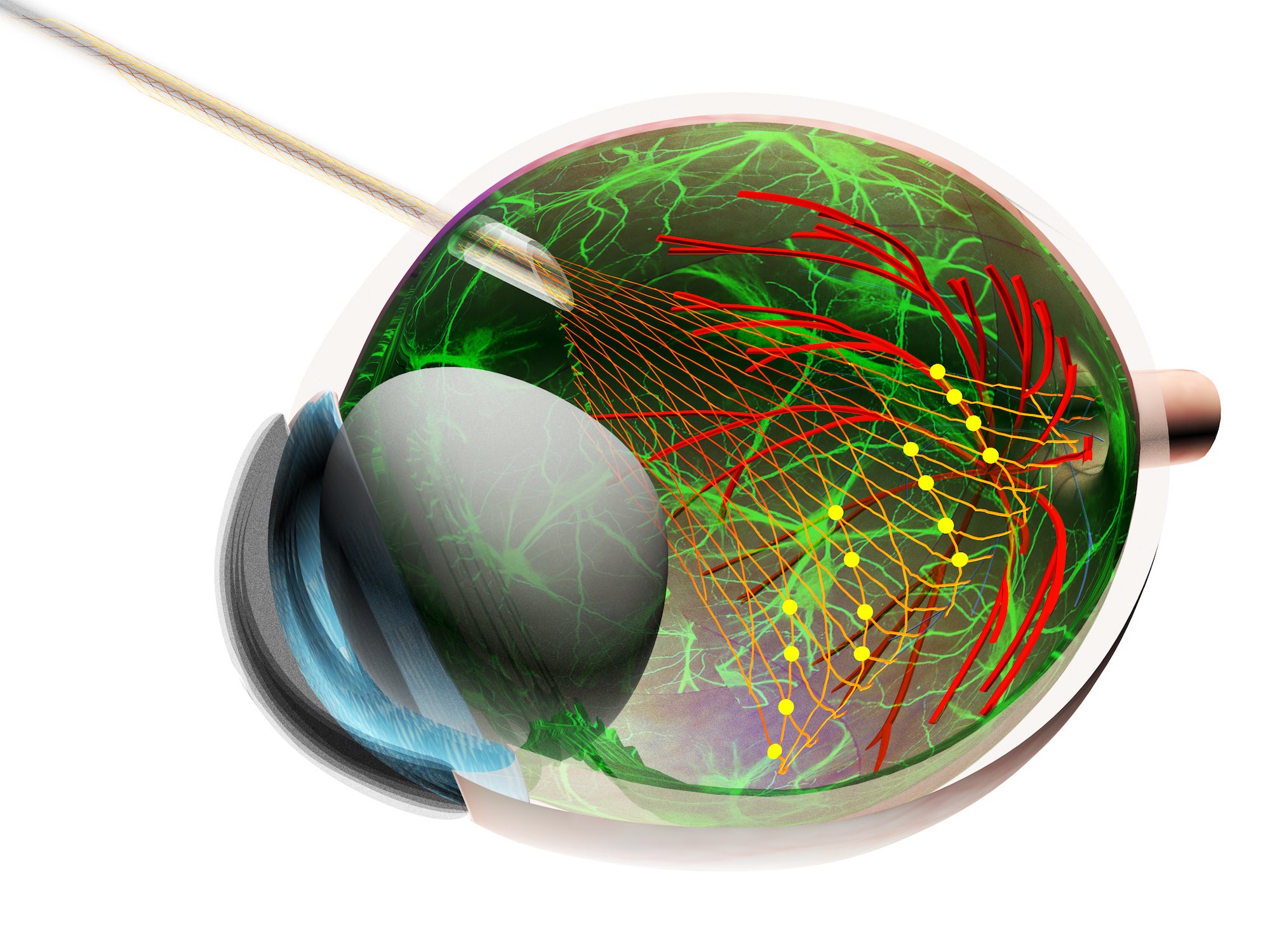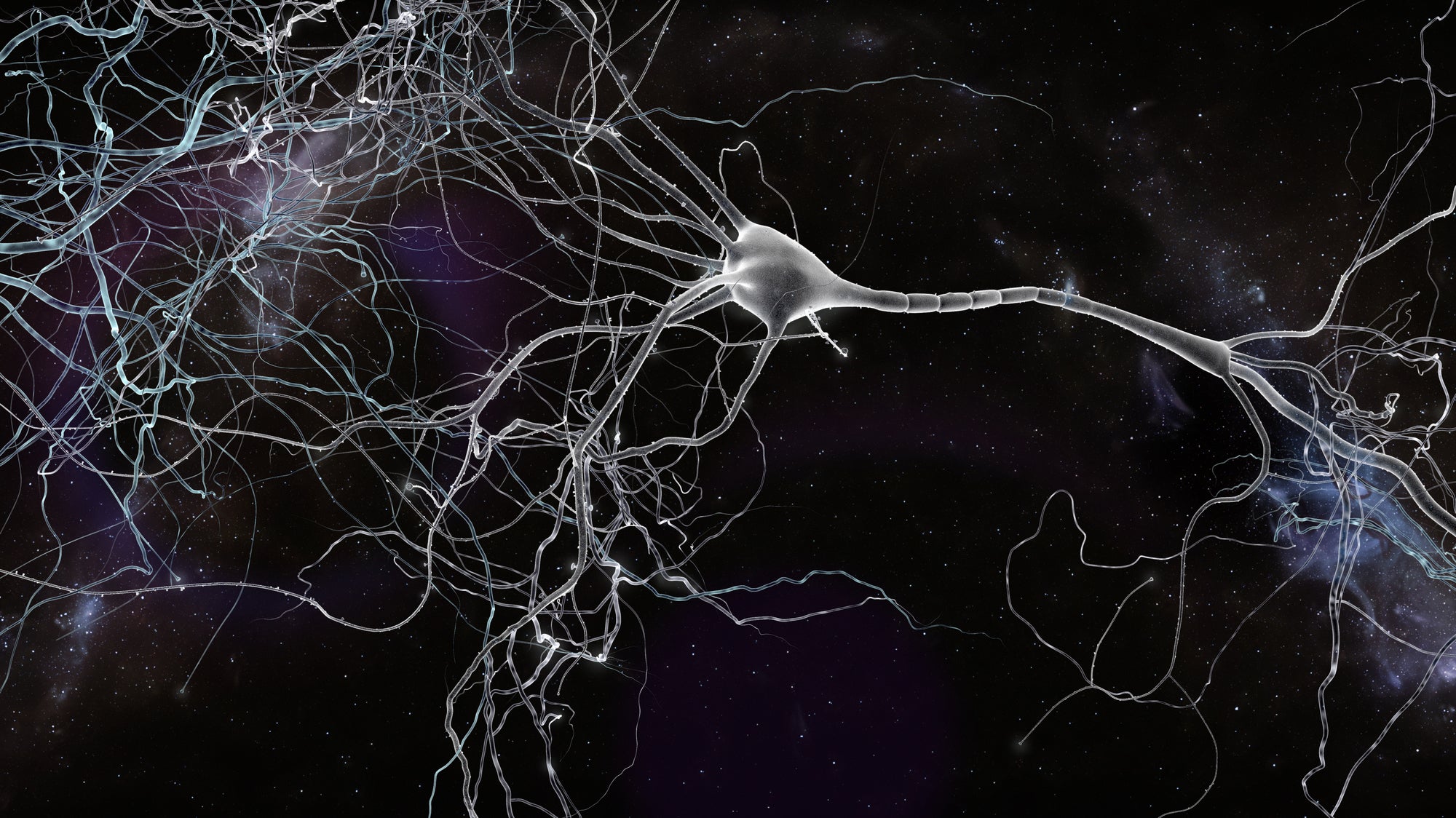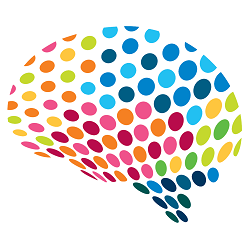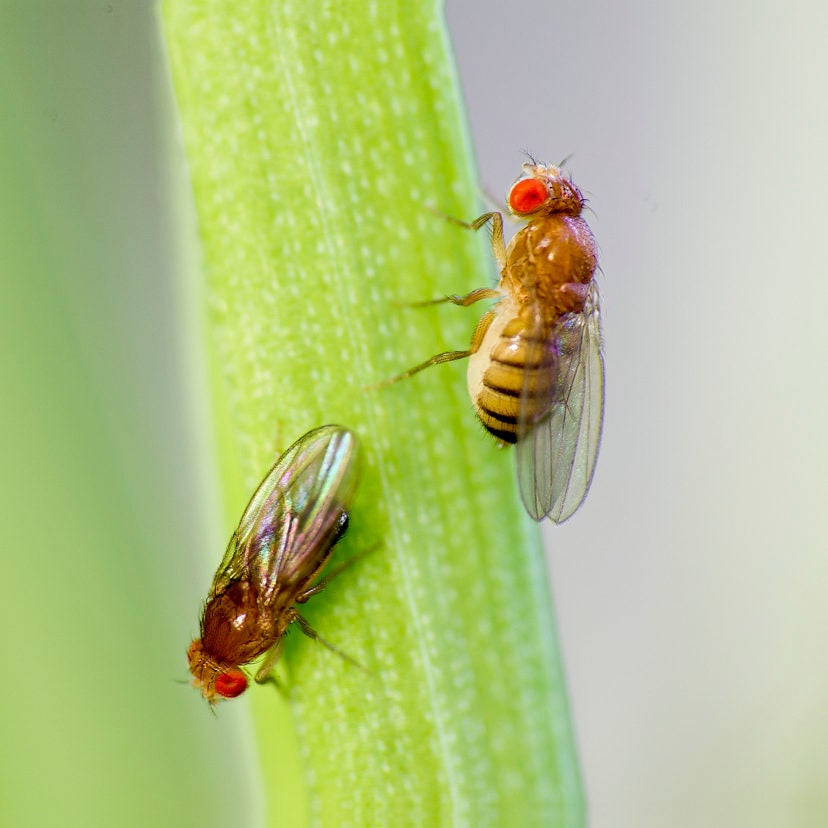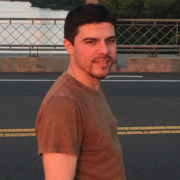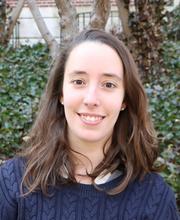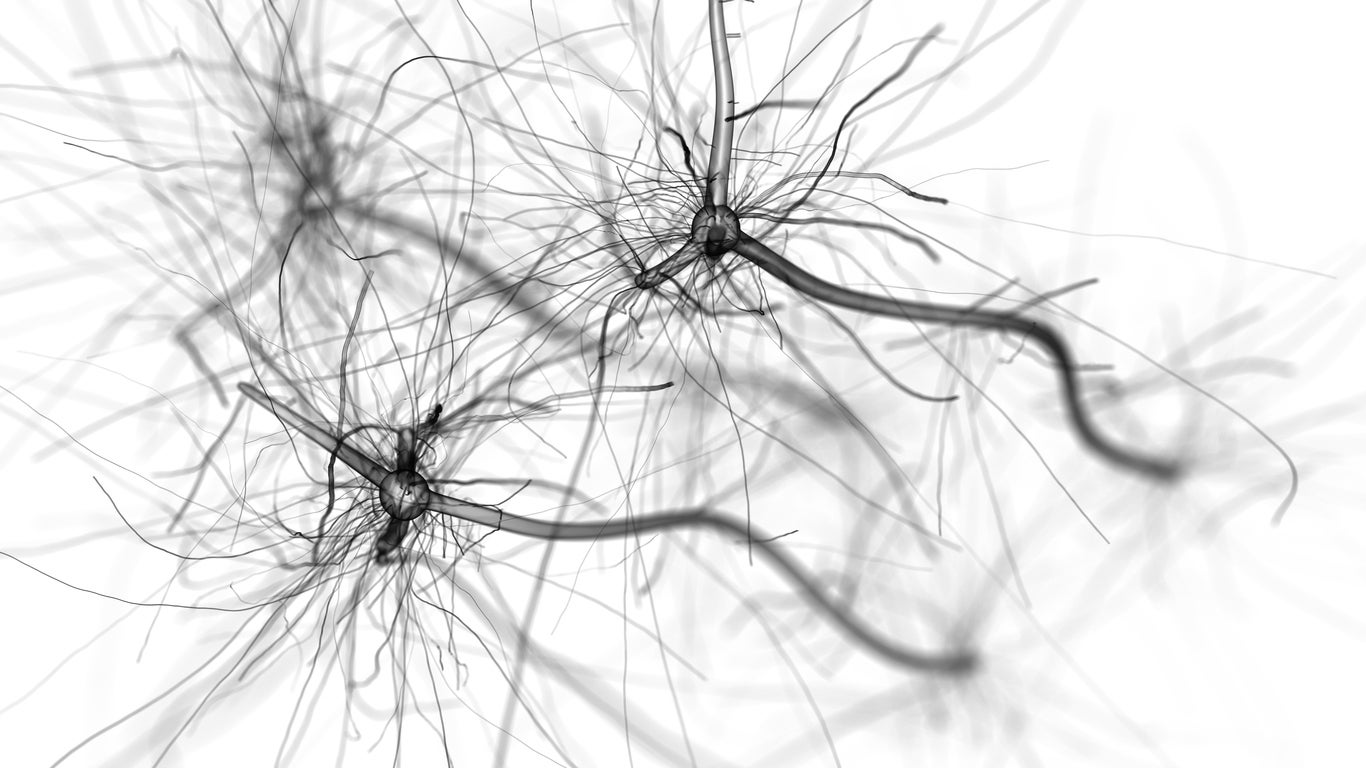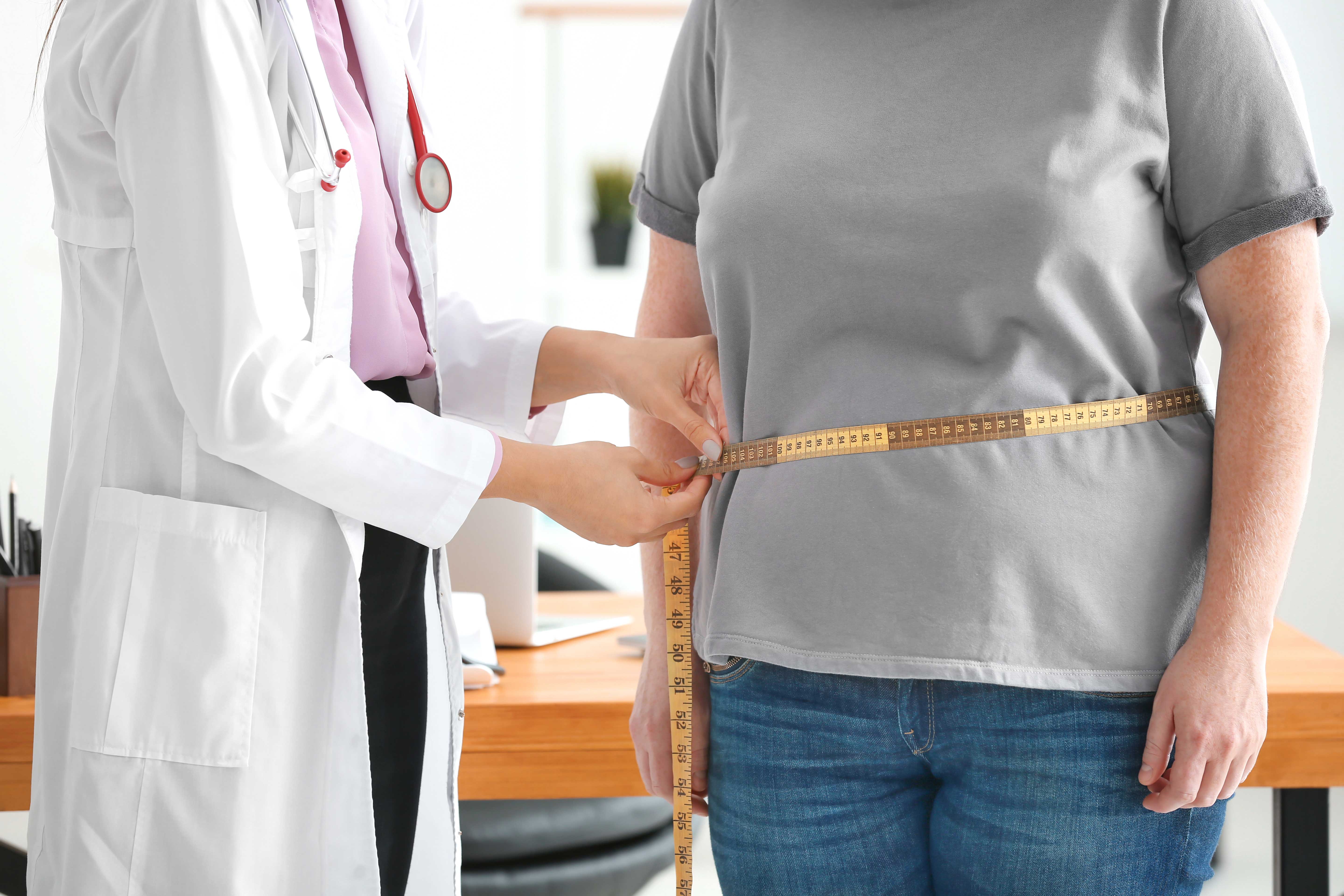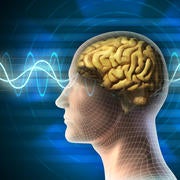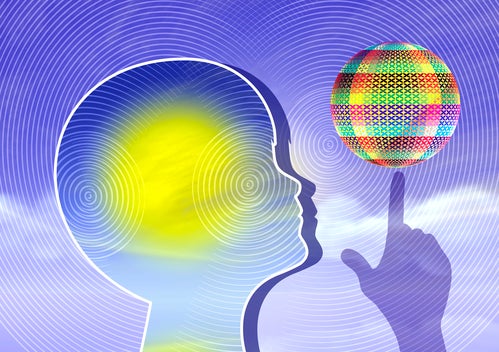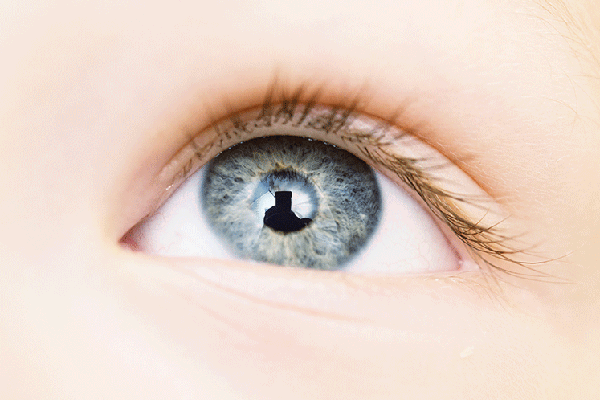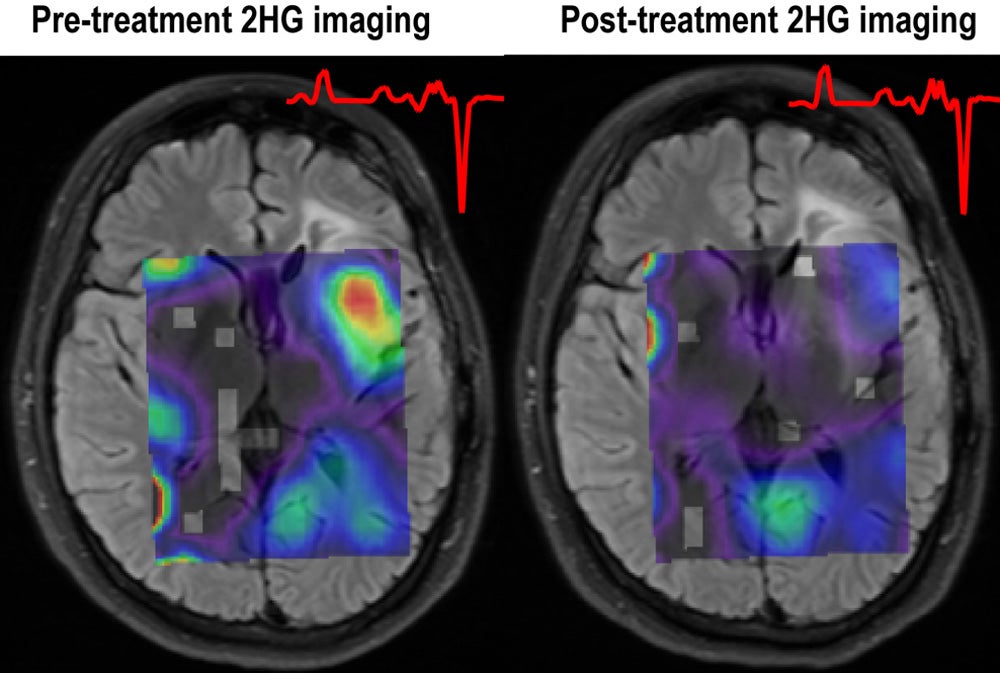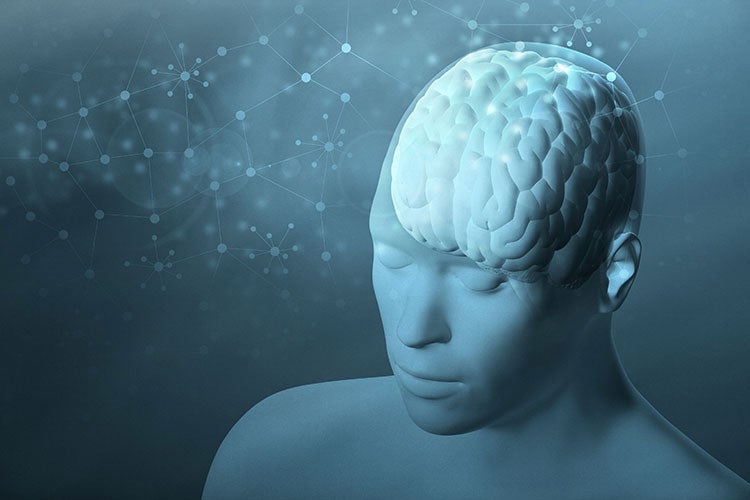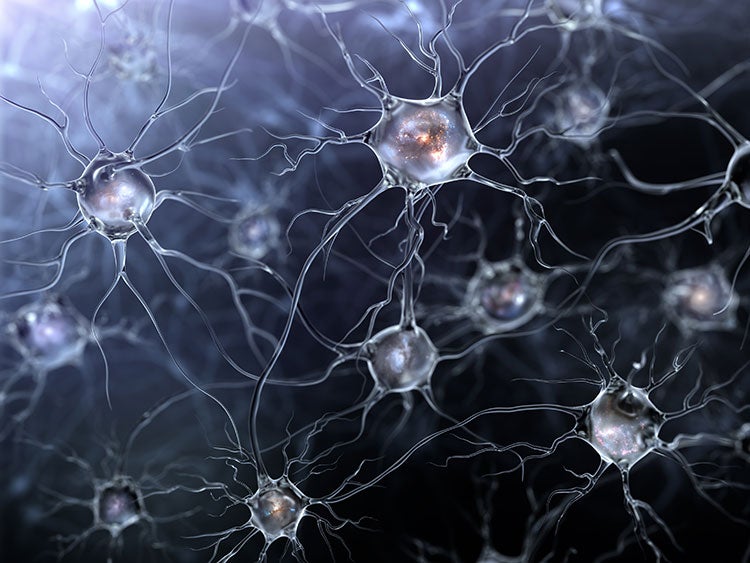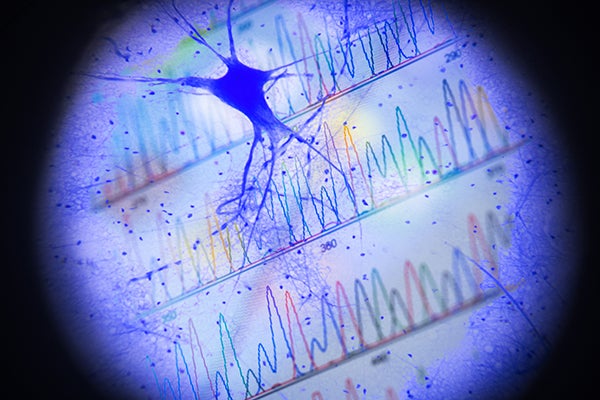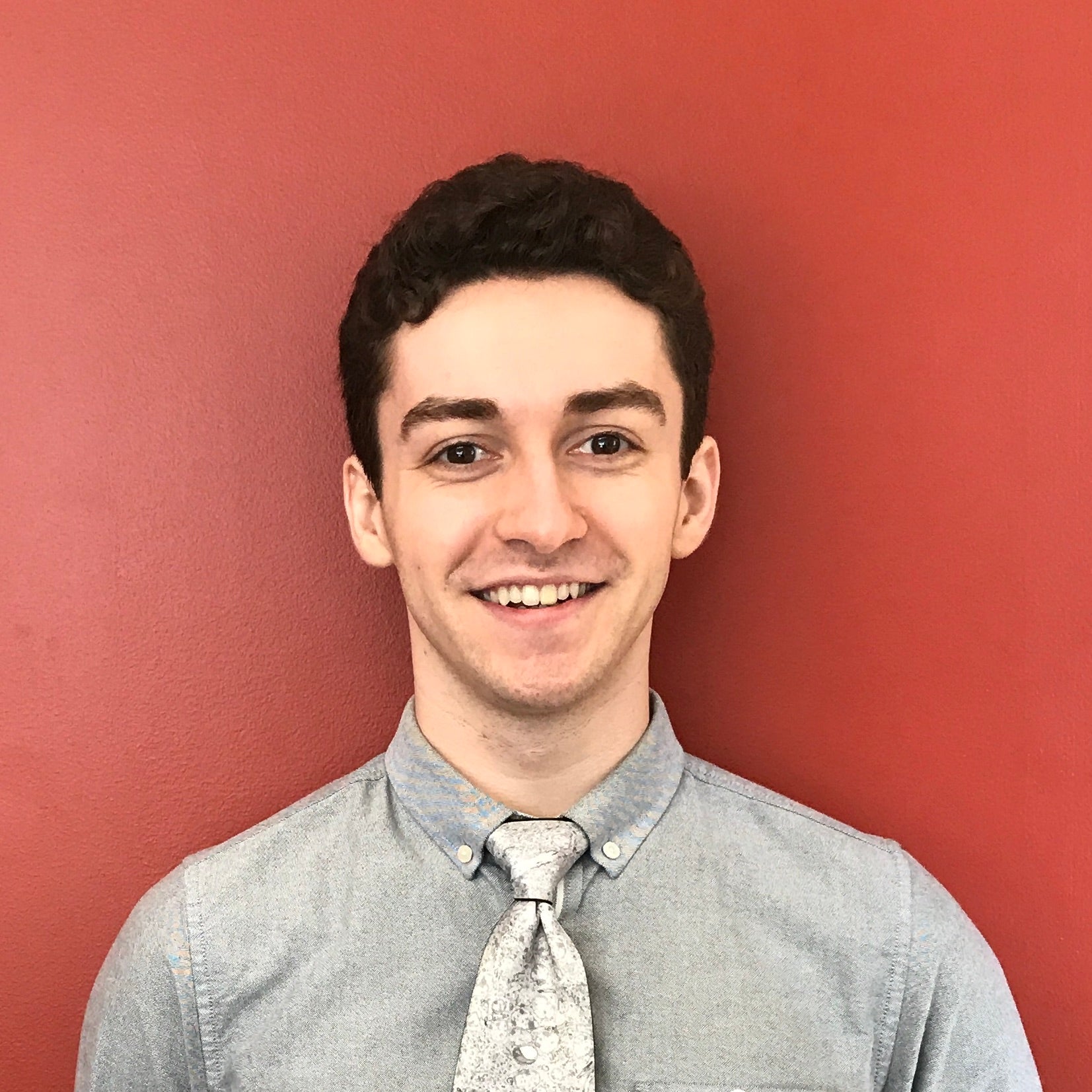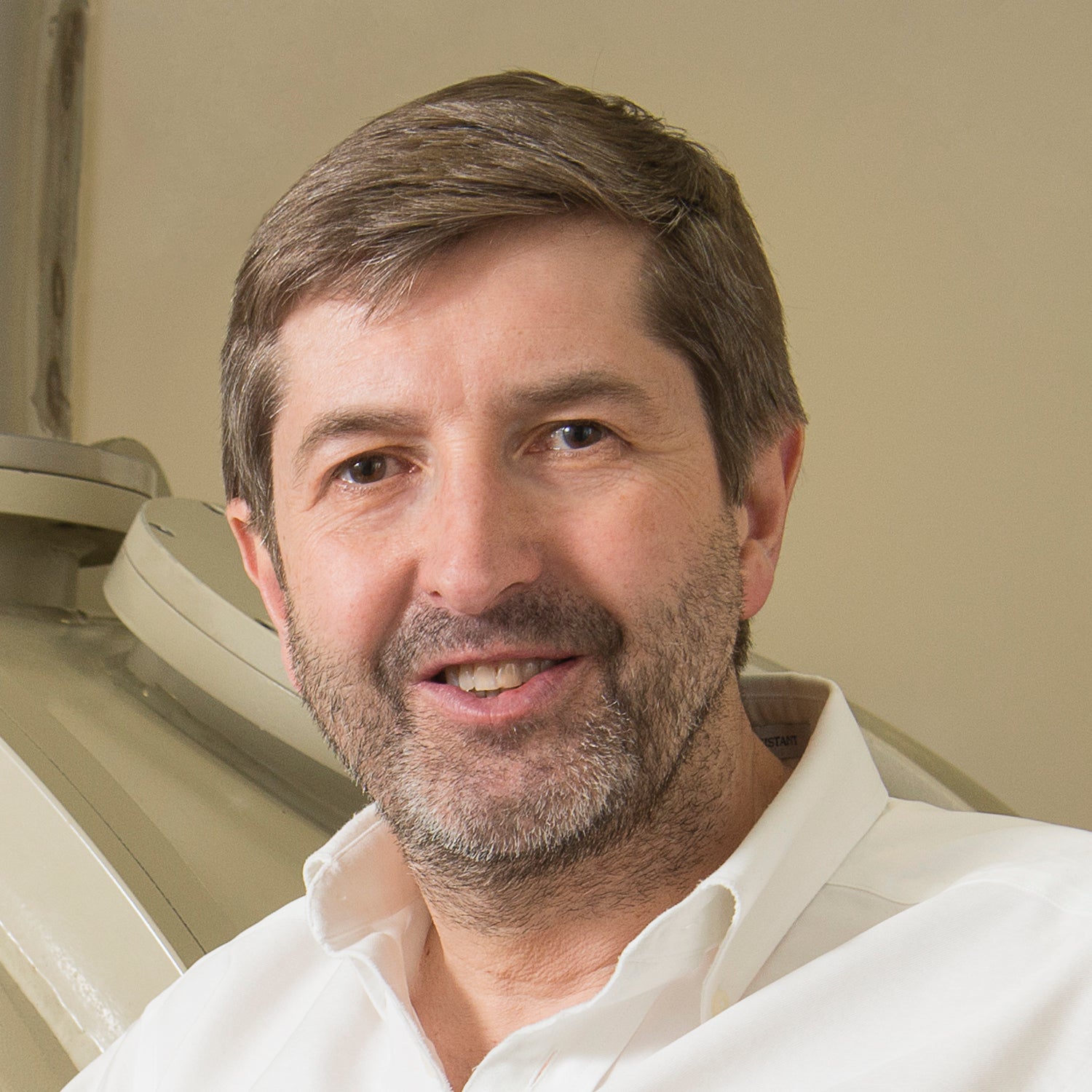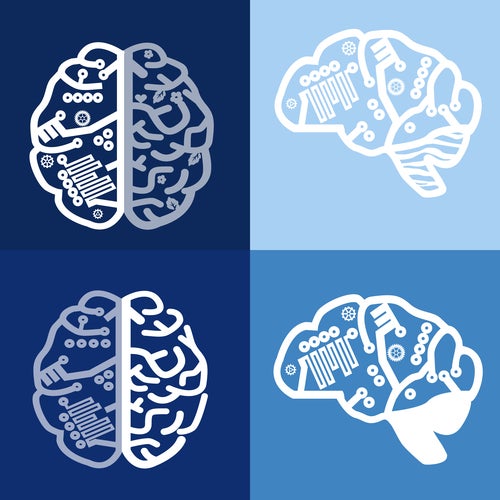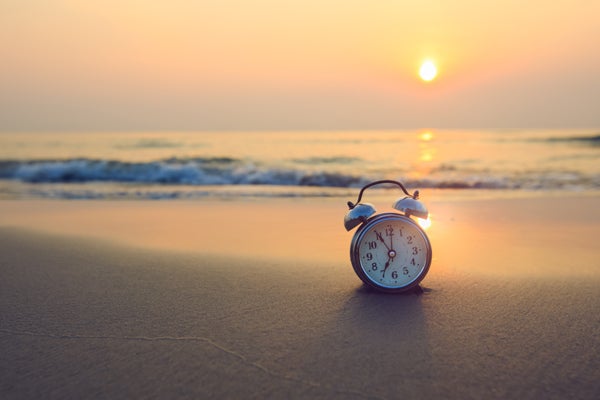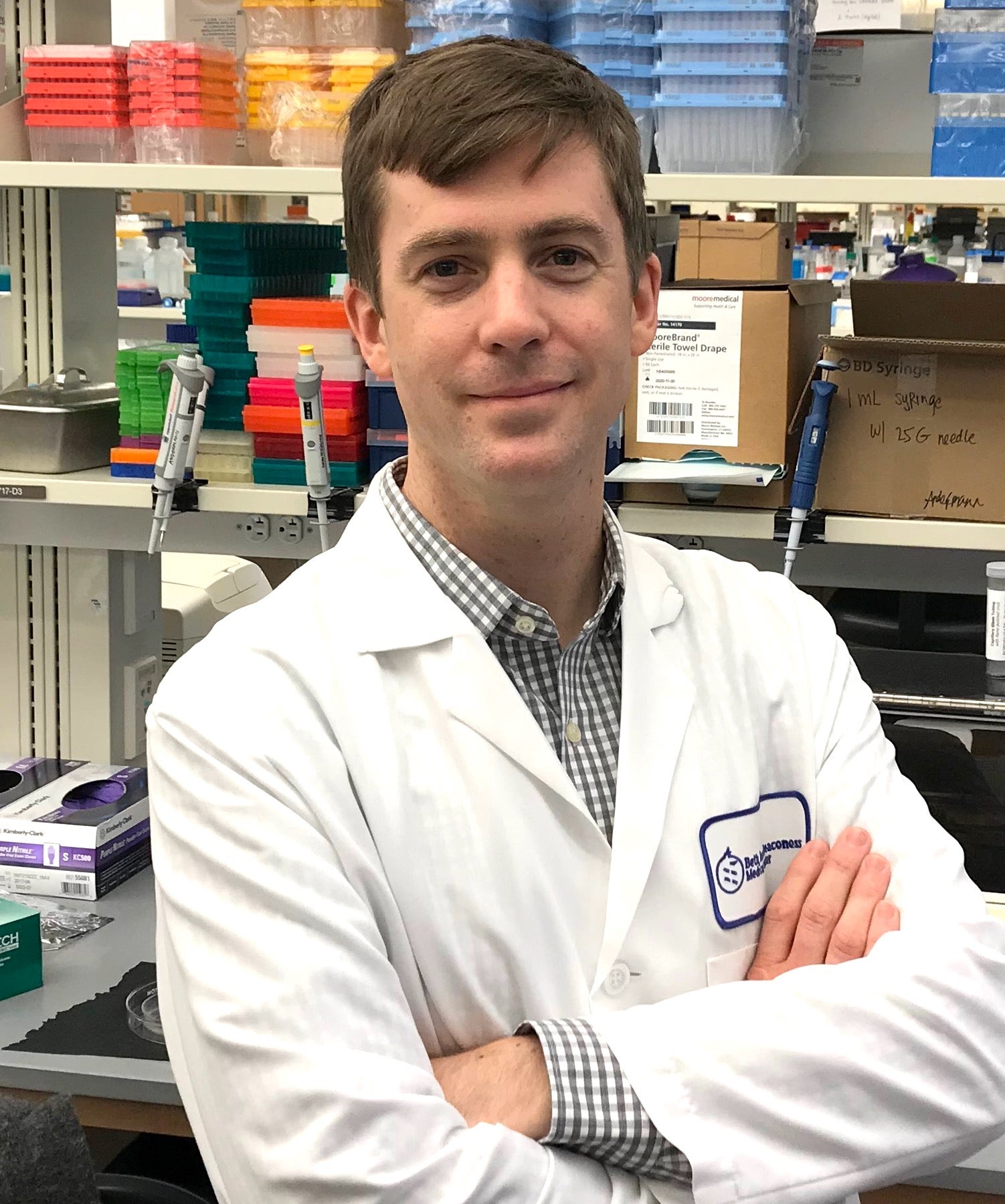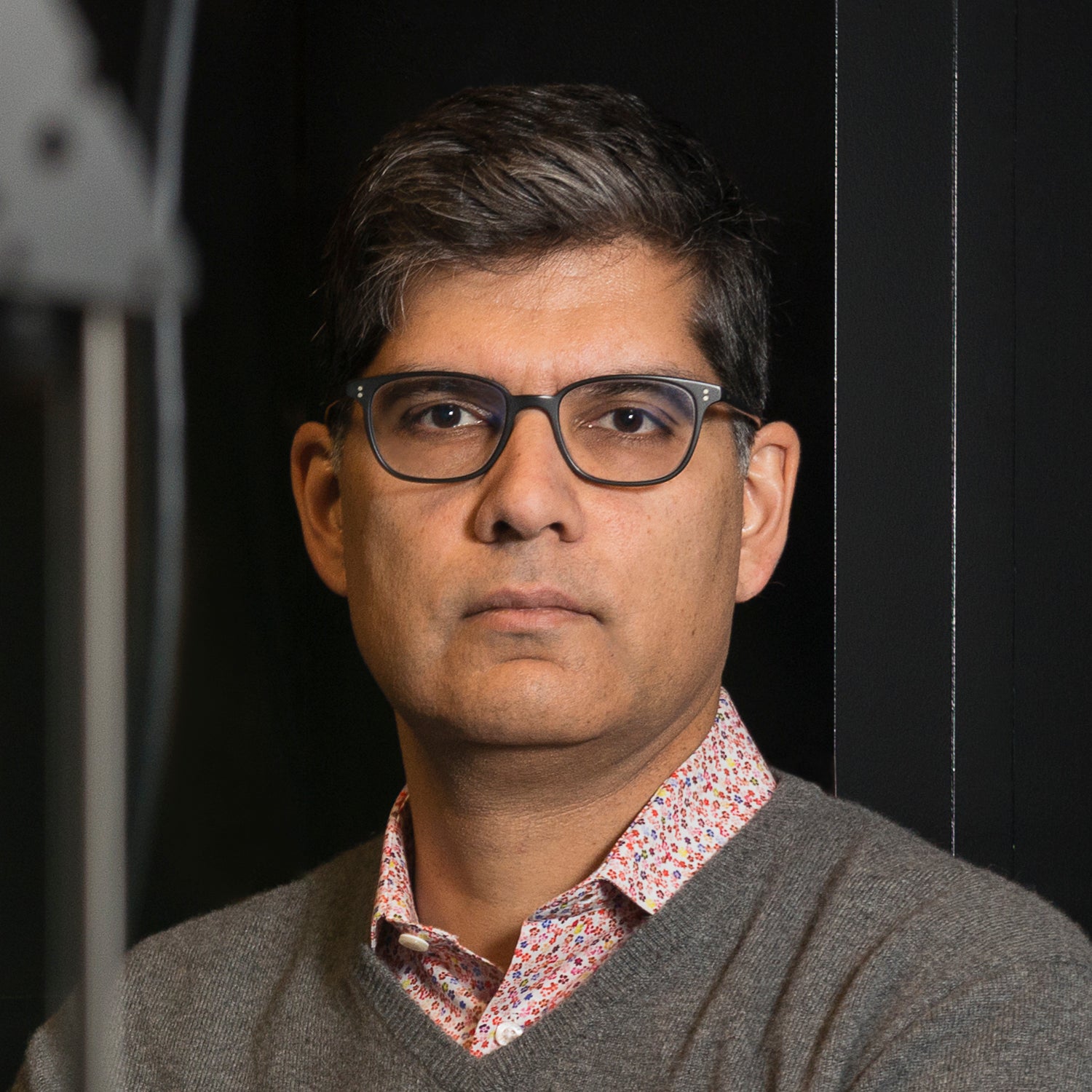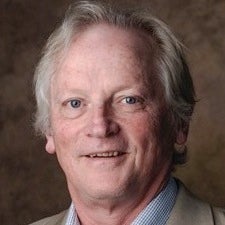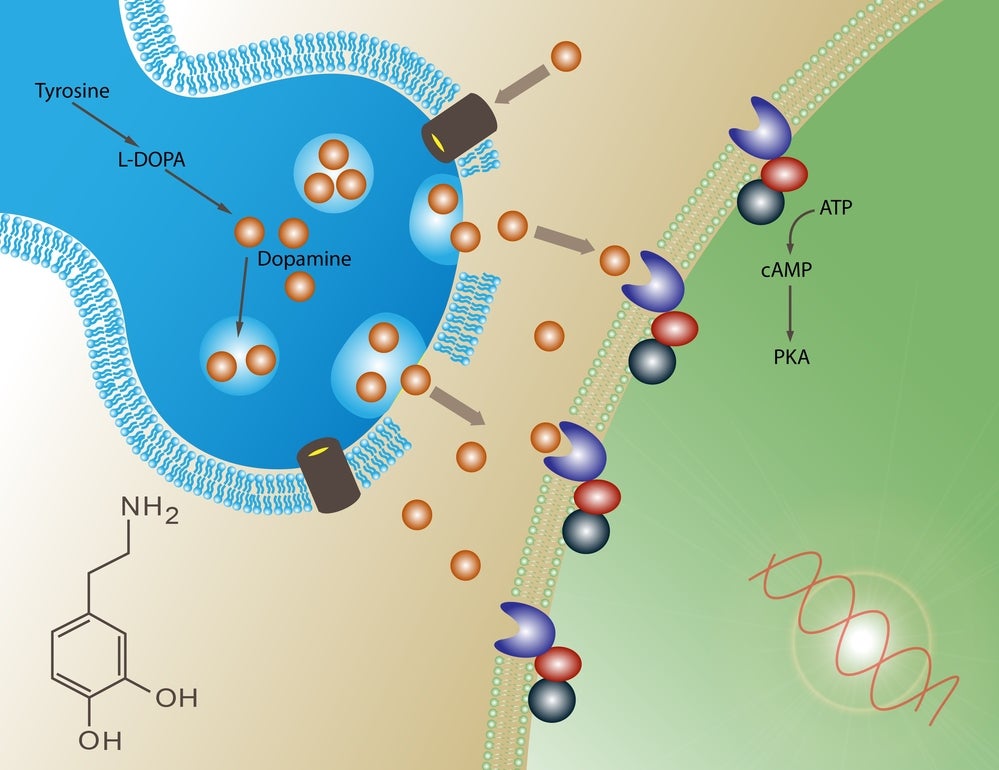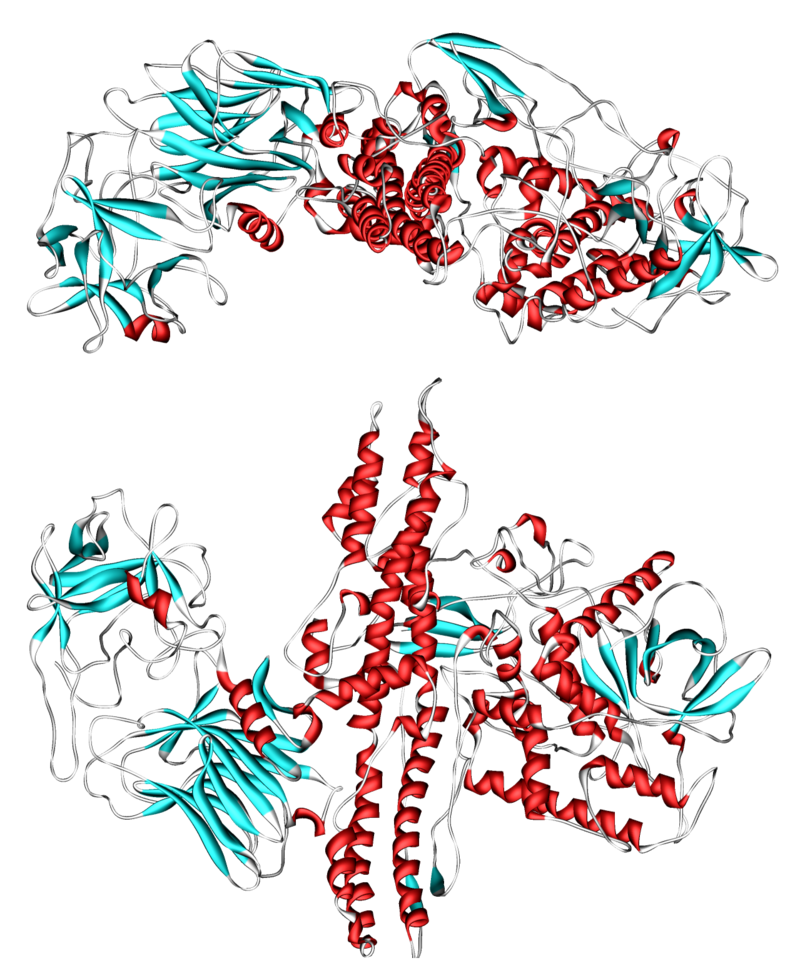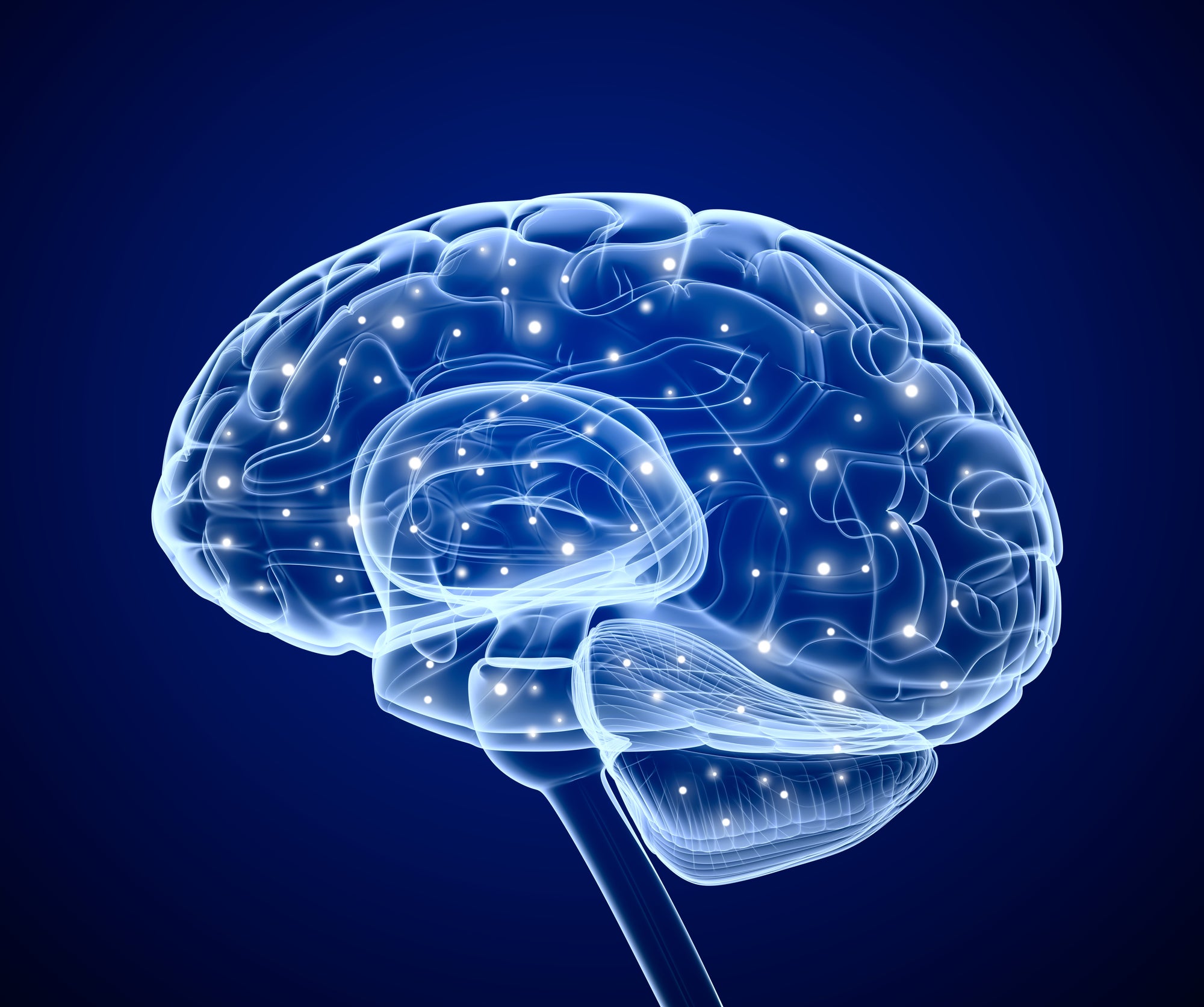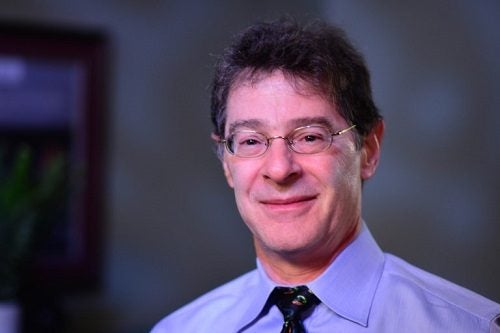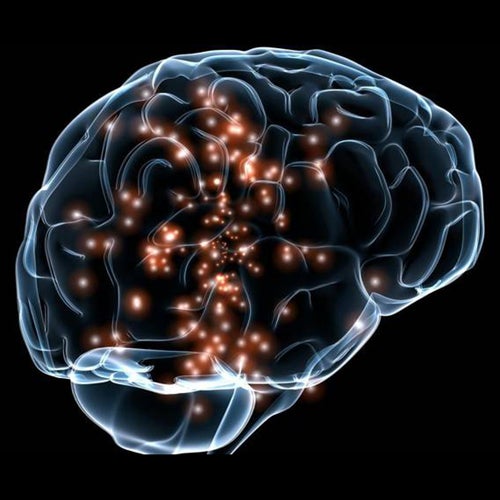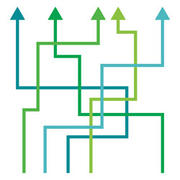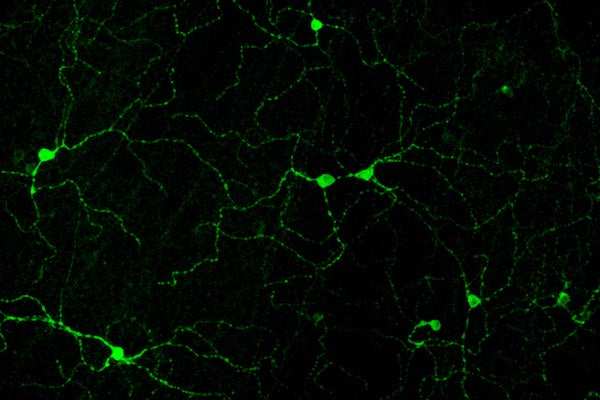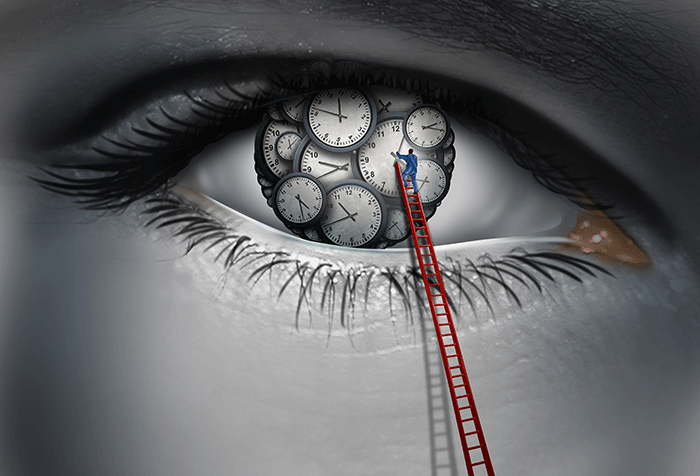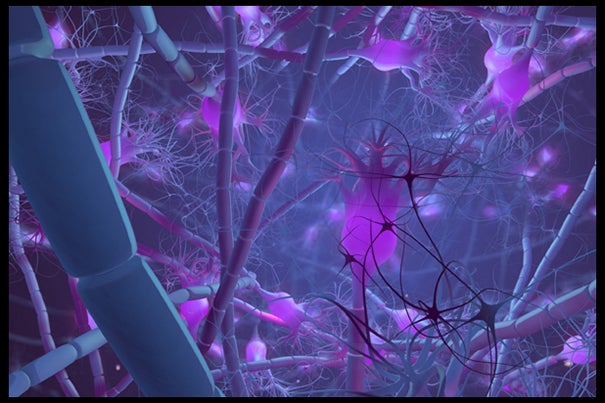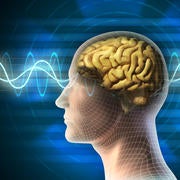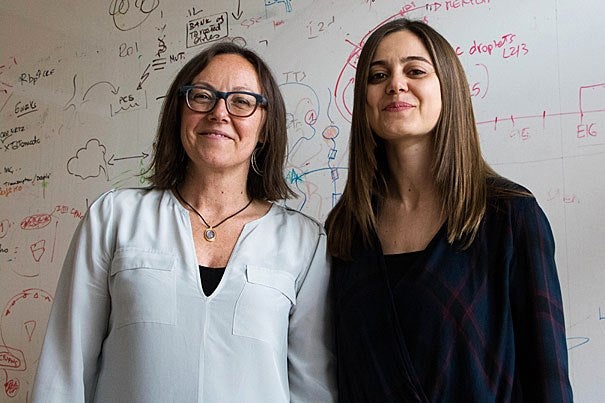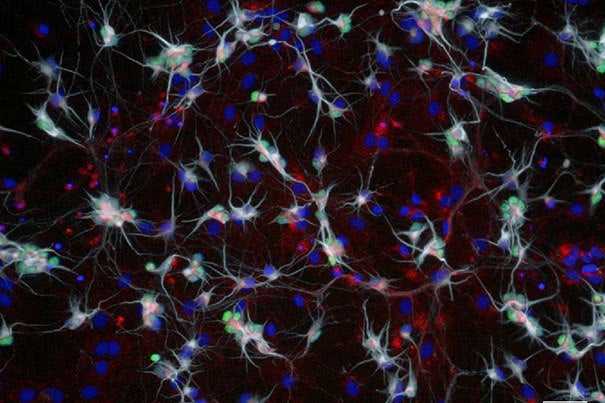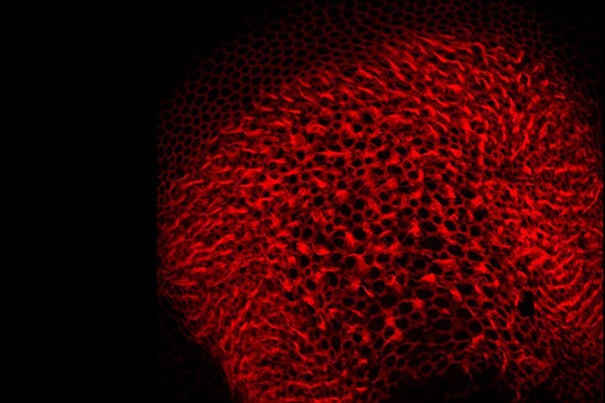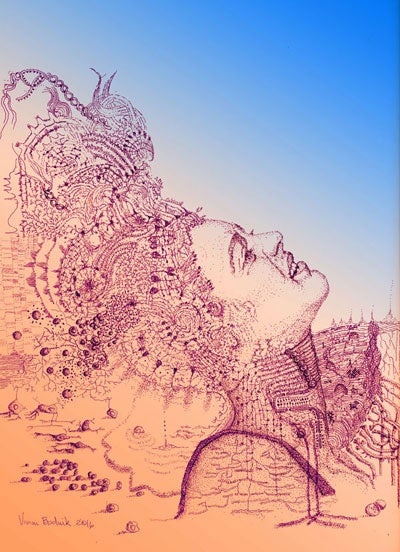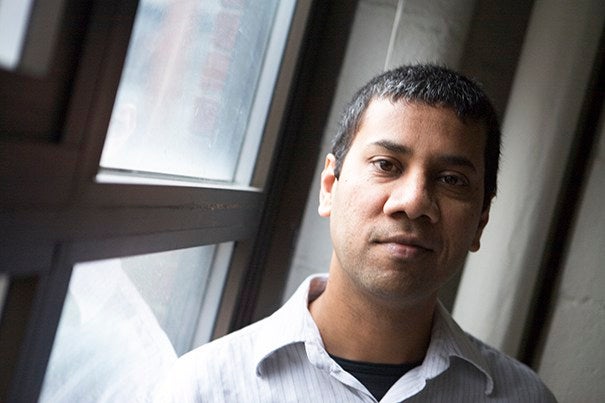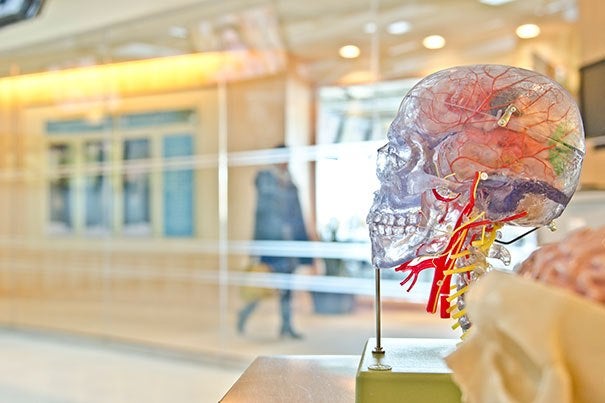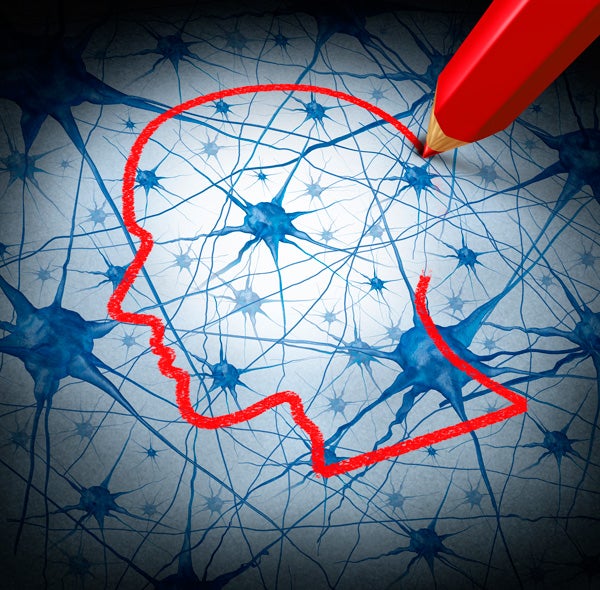Neuro Topics - Tools and Technologies
SEARCH OTHER RESEARCH AREAS
October 31, 2025
Rémy Furrer and Amanda Merner share the results of a survey of 1,052 U.S. adults, which found that neurotechnologies targeting motor symptoms were viewed as more acceptable and beneficial than those for mood or memory symptoms. Non-surgical options like transcranial magnetic stimulation were generally preferred over invasive ones such as deep brain stimulation.
Original article in: Device >
August 20, 2025
New research reveals that acute and chronic insults both reshape how pain signals are sent to the brain, but through distinct mechanisms. By using long-term calcium imaging in mice, researchers from the Woolf lab tracked the same spinal cord neurons over time and found that acute pain temporarily increases sensitivity, while chronic nerve injury recruits a previously ‘silent’ group of neurons – offering a potential key to understanding chronic pain.
Original article in: Neuron >
July 3, 2025
Connie Cepko provides an overview of her lab’s longstanding work developing gene therapies for ocular diseases using mouse and rat models. She shares images from studies on retinitis pigmentosa, the most common cause of inherited retinal degeneration worldwide—showing, for instance, how gene therapy can combat oxidation to prolong the survival of cone photoreceptors in the mouse retina, as well as preserve the retinal pigment epithelium.
June 18, 2025
The McCance Brain Care Score, a “scorecard” designed to assess a person’s risk of developing brain-related conditions, is similarly successful at predicting heart disease and the three most common types of cancer, according to a new Mass. General Brigham study from Sanjula Singh and colleagues, first author Jasper R. Senff.
Original article in: Family Practice >
June 18, 2025
New research from Jenny M. Tam, Soumya Raychaudhuri, George M. Church and colleagues, co-first authors Songlei Liu, Li Li, Fan Zhang, and Mariana Garcia-Corral pioneers a novel method of creating microglia, immune cells in the brain and spinal cord, with “strong functional similarities” to human microglia in four days, as opposed to the 35 days it takes to obtain less fine-tuned cells in a conventional stem-cell differentiation process.
Original article in: Nature Communications >
March 21, 2025
Neurons receive synaptic inputs all along their dendrites. Dendrites can produce electrical spikes, independent of the cell body. What are these excitations for? Park, Wong-Campos, and Cohen mapped the voltage throughout the dendrites of neurons and found that dendritic excitations were mostly triggered by specific patterns of spiking at the cell body – suggesting that the dendritic excitations play an important role in regulating synaptic plasticity.
Original article in: Nature Communications >
February 21, 2025
Haritosh Patel and colleagues explore how nature’s blueprint for smell can inspire next-generation gas sensors. By applying principles from biological olfaction—such as active sniffing, adaptive sensing, and neural-inspired processing—this work presents a new perspective for more sensitive, selective, and robust electronic noses with applications in healthcare, environmental monitoring, and beyond.
Original article in: Advanced Science >
February 20, 2025
New research from Nao Uchida, Jan Drugowitsch, and colleagues, first author Adam Lowett deepens the connections between natural and artificial intelligence — using modern advances in reinforcement learning to probe the computational principles underlying the anatomy and physiology of the striatum and its dopamine neurons.
Original article in: Nature >
January 2, 2025
How do pediatric brain tumors mimic normal brain development, and how can this be leveraged for therapies? Ilon Liu, Mariella Filbin and colleagues find that a specific brain tumor type resembles GABAergic interneuron development, and with this knowledge they identify novel targets against this lethal tumor.
Original article in: Cancer Cell >
October 10, 2024
Clifford Woolf shares a perspectives piece about what scientists can learn from the opioid crisis as they develop new pain treatments. The piece is part of a special Nature Outlook edition on pain.
September 25, 2024
New research from From Michael D. Fox and colleagues, first author Shan H. Siddiqi, suggests that using neurostimulation therapies on a specific brain network could treat post-traumatic stress disorder (PTSD) in veterans. By evaluating 193 participants in the Vietnam Head Injury Study with penetrating traumatic brain injury, the team found those with damage connected to their amygdala, the fear center of the brain, were less likely to develop PTSD.
Original article in: Nature Neuroscience >
September 25, 2024
New research from From Lee Rubin and colleagues, first author Feodor D. Price has pioneered a groundbreaking method for generating large numbers of adult skeletal-muscle satellite cells, or "muscle stem cells", in vitro. This development could help speed up our understanding and treatment of a range of skeletal muscular disorders, including muscular dystrophy (MD) and (ALS).
Original article in: Nature Biotechnology >
August 29, 2024
When tested for “hidden consciousness,” one in four patients with severe brain injury who appeared unresponsive were able to respond to instructions covertly. From Nicholas D Schiff and colleagues, first author Yelena G Bodien.
Original article in: New England Journal of Medicine >
August 29, 2024
Technological advances allow scientists to more rapidly create in vitro models of Parkinson’s disease using stem cells, in ways that could provide more personalized diagnostic and treatment methods. From Vikram Khurana and colleagues, co-first authors Isabel Lam and Alain Ndayisaba.
Original article in: Neuron >
August 29, 2024
New research from Eleonora Tamilia and colleague (first author Georgios Ntolkeras) shows that a noninvasive technique combining EEG readings, MRI data, and machine learning can identify the most epileptogenic brain regions much faster than previous methods which required multiple days of invasive monitoring.
Original article in: Epilepsia >
August 29, 2024
New research in tadpoles from Donald E. Ingber and colleagues (first author Maria Plaza Oliver) shows that Donepezil, a widely administered FDA-approved drug used to treat Alzheimer’s Disease, can potential buy patients more time to survive critical injuries and diseases, even when disaster strikes far from a hospital.
Original article in: ACS Nano >
August 6, 2024
David Perez and colleagues (first authors Christiana Westlin and Andrew J Guthrie) used machine learning algorithms to compare the brains of patients with functional neurological disorder (FND) and healthy subjects or participants with psychiatric disorders that do not have FND, They found that structural brain MRI has the potential to be a clinically useful tool for diagnosing FND.
Original article in: Journal of Neurology, Neurosurgery and Psychiatry >
July 18, 2024
In a first, neuroscientists have created a microscopic “brain thesaurus” that reflects how the meaning of words is represented. Using a novel technology to record the activity from single neurons in the human brain, the team was also able to predict the meaning of words heard in real-time speech. From Ziv Williams and Colleagues, co-first authors Mohsen Jamali and Benjamin Grannan.
Original article in: Nature >
July 18, 2024
New research finds that the tendency of people’s arousal to wane over the course of brain scans has been distorting the brain connection maps produced by functional magnetic resonance imaging (fMRI). The team developed a new technique called RIPTiDe that can filter out these distortions enhancing the validity and reliability of fMRI findings.
From Amy C. Janes and Blaise B. Frederick, first author Cole Korponay.
Original article in: Nature Human Behavior >
May 22, 2024
Harvard researchers, along with colleagues at Google Research, have created the largest 3D human brain reconstruction to date, showing in vivid detail each cell and its web of connections in a piece of temporal cortex about half the size of a rice grain.
Original article in: Science >
May 21, 2024
HMS News profiles the work of Chirag Patel, others at Harvard, and the Human Exposome Project—which aims to discover the role of various environmental exposures in human disease and health. One such avenue of inquiry showing promise is using AI to help analyze how a lifetime of environmental exposures affects the onset and progression of complex neurological diseases such as Alzheimer's.
May 9, 2024
Results from a small proof-of-concept study indicate that CRISPR gene editing is safe and can improve vision in some people with inherited blindness. In the multicenter clinical trial, 11 of the 14 individuals treated had measurable improvements on at least one key vision test, while six people experienced improvement on two or more vision outcomes.
Original article in: New England Journal of Medicine >
May 9, 2024
New research uncovers how inflammation damages excitatory synapses in an experimental model of MS. While there is a constant turnover of synapses in the healthy brain, inflammation accelerates this turnover so that synapses were gained and lost at higher rates. This widespread instability impacts the entire neuron and leading to important changes in the incoming inputs to individual neurons.
Original article in: Brain, Behavior, and Immunity >
May 9, 2024
In a magnetic resonance imaging (MRI) study that integrated ultra-high resolution structural and functional connectivity data, researchers mapped a subcortical brain network that is believed to integrate arousal and awareness in human consciousness.
Original article in: Science Translational Medicine >
April 24, 2024
A hallmark of anorexia nervosa is the willful seeking and maintenance of a starvation state, potentially as a means to cope with stressful life experiences or trauma. Hakan Kucukdereli and Mark Andermann share their research on how they designed a virtual reality paradigm to study this phenomenon in mice.
Original article in: Neuron >
April 22, 2024
A new study led by Mass. General Hospital researchers shows how a generative artificial intelligence (AI) model that can analyze the narrative accounts of women who have undergone recent childbirth can accurately screen for post-traumatic stress disorder (CB-PTSD).
Original article in: Scientific Reports >
March 27, 2024
Preliminary results of a first-in-human trial for a new CAR T-based treatment targeting two different sites on glioblastoma tumors result in dramatic, but transient, reductions in tumor size.
Original article in: New England Journal of Medicine >
March 27, 2024
Topiramate — an antiseizure medication prescribed to treat epilepsy as well as migraines and bipolar disorder — does not appear to increase the risk of autism spectrum disorder (ASD) among children exposed to it prenatally, according to a new study led by Harvard T.H. Chan School of Public Health.
Original article in: New England Journal of Medicine >
February 23, 2024
New research from Joseph Giacino and colleagues may upend the widely held view of traumatic brain injury as a permanently debilitating condition. The findings indicate that electrical stimulation can reawaken quiescent brain circuitry, leading to functional improvements that have the potential to restore work and social activities to patients’ lives.
Original article in: Nature Medicine >
February 8, 2024
By combining retinal imaging, genetics, and big data, physician-researchers from Harvard Medical School, Mass. Eye and Ear, Massachusetts General Hospital, and the Broad Institute of MIT and Harvard have found that they can estimate how likely a person is to develop eye and systemic diseases in the future.
Original article in: Science Translational Medicine >
February 7, 2024
Yichun He and Hailing Shi share new work from labs of Jia Liu and Xiao Wang, on the creation of publicly accessible spatial atlas of the mouse brain with unprecedented level of detail—featuring an analysis of over one million individual cells that pinpointed approximately 230 unique molecular cell types and delineated 106 distinct molecular tissue regions.
Original article in: Nature >
February 2, 2024
Researchers from Harvard and Boston University have used a soft, wearable robot to help a person living with Parkinson’s walk without freezing. When individuals with Parkinson’s disease freeze, they suddenly lose the ability to move their feet, often mid-stride, resulting in a series of staccato stutter steps that get shorter until the person stops altogether. These episodes are one of the biggest contributors to falls among people living with Parkinson’s disease.
Original article in: Nature Medicine >
December 7, 2023
Working with mice, HMS researchers have identified a potential new strategy for replacing retinal ganglion cells to treat glaucoma, one of the leading causes of blindness worldwide. Featured in HMS News From Petr Baranov and colleagues, first author Jonathan R. Soucy.
Original article in: PNAS >
November 13, 2023
Harvard Gazette article on new research from an international team co-led by Bruce Fischl (MGH/Harvard) and Patrick Hoff (Mount Sinai School of Medicine). By combining different noninvasive imaging techniques such as MRI, optical coherence tomography, and light-sheet fluorescence microscopy, their team created a comprehensive cellular atlas of a region of the human brain known as Broca’s area, critical for producing language.
Original article in: Science Advances >
September 27, 2023
Boston Children's Hospital Answers article on the creation of a prototype two-armed, joystick-controlled neurosurgical robot. This was engineered by Pierre Dupont, chief of Pediatric Cardiac Bioengineering at Boston Children’s, in consultation with neurosurgeon Scellig Stone, and others. The robot was able to perform a series of two-handed neurosurgical tasks involved in tumor resection and tumor debulking in lab-created models.
Original article in: Science Robotics >
September 27, 2023
Boston Children's Hospital Answers article on new research from Charles Nelson and colleagues at HMS, Boston Children's Hospital, The University of San Francisco, and the University of Minnesota, suggesting a possible way to detect anxiety disorders in children before they become apparent clinically using electroencephalograms (EEGs).
Original article in: Frontiers in Psychiatry >
September 27, 2023
Harvard Gazette article on the creation newly designed device that can help test treatments in patients with gliomas, a type of tumor that originates in the brain or spinal cord. This device is the shape and size of a grain of rice, and is designed to be used during standard of care surgery and can conduct dozens of experiments at once offering unprecedented insight into the effects of drugs on glioma tumor. From the team of Oliver Jonas and colleagues, first author Pierpaolo Peruzzi.
Original article in: Science Translational Medicine >
July 21, 2023
Harvard Gazette article on new research from Sam Gershman and colleagues, first author Momchil Tomov, using fMRI and video games to test ideas about complex decision-making.
Original article in: Neuron >
July 21, 2023
HMS News article on new research from Kun-Hsing Yu and colleagues, co-first authors MacLean P. Nasrallah (Penn) and Junhan Zhao, creating an AI tool that can rapidly decode a brain tumor’s DNA to determine its molecular identity during surgery — critical information can take a few days and up to a few weeks with current approaches.
Original article in: Med >
June 16, 2023
Harvard Gazette Q+A with Fangyun Tian who was the first author of a recent MGH study tracing the effects of ketamine, a fast-acting antidepressant with potential for abuse due to its dissociative effects, to three regions of the human brain. The prefrontal cortex and hippocampus are believed to have a role in the drug’s effectiveness as an antidepressant, while the posteromedial cortex, in the back portion of the brain, is a likely site for dissociative effects.
Original article in: Nature Communications >
June 13, 2023
Chemosensation is a critical sense through which animals large and small perceive the world around them, yet our understanding of the way in which odorants in the environment are encoded by sensory neurons remains incomplete. Albert Lin and colleagues in the Samuel Lab recorded from chemosensory neurons in the nematode C. elegans as it experienced different odorants, uncovering how olfactory information is encoded in the brain of the worm.
Original article in: Science Advances >
April 20, 2023
HMS News article on new research from Rebecca Robbins and colleagues finding that in-person interactions with friends, family, and health care providers were associated with fewer mental health concerns. In contrast, interactions using digital technologies, including emails and video calls, were associated with feelings of depression and anxiety about COVID-19.
Original article in: Journal of Applied Gerontology >
March 3, 2023
Harvard Gazette article on new research from Hyungsoon Im, Sudeshna Das, and first author Matthew Leming. Using a new deep-learning model trained on tens of thousands of routine brain scans, and they spotted disease risk with 90% accuracy.
Original article in: PLoS One >
February 24, 2023
MCB news article on new research from Jeff Lichtman and colleagues, first author Neha Karlupia, describing a method where small samples of human medical biopsies made available at the time of neurosurgery are rapidly preserved and then stained with heavy metals and embedded in a hard resin for connectomic studies.
Original article in: Biological Psychiatry >
January 25, 2023
HMS News article on new research from Khalid Shah and colleagues, first author Kok-Siong Chen, on the development of a new cell therapy approach engineered to eliminate established tumors and to train the immune system to prevent cancer recurrence.
Original article in: Science Translational Medicine >
January 25, 2023
Harvard Gazette article on new research from the labs of Xiaowei Zhuang and Catherine Dulac, first author William E. Allen. They used the imaging method MERFISH to examine the relationship between inflammation and cognitive impairment as we age. Their results suggest this may be due to a cellular chain reaction.
Original article in: Cell >
December 8, 2022
Harvard Gazette article on new research from Kristen Koenig and colleagues, co-first authors Francesa R. Napoli and Christina M. Daily, applying a new live-imaging technique to watch the creation of neurons in squid embryos in almost real-time. Tracking these cells through the development of the nervous system in the retina they discovered that these neural stem cells behaved very much like those in vertebrates during nervous-system development.
Original article in: Current Biology >
September 20, 2022
HMS News article on new research from Matthew Crowson, Christopher Hartnick, and colleagues at HMS and Mass. Eye and Ear. They built an artificial intelligence model that they have shown to outperform clinicians in diagnosing pediatric ear infections.
Original article in: Otolaryngology–Head and Neck Surgery >
September 9, 2022
Graham Baum and colleagues from the lab of Leah Somerville report on new MRI data analyses investigating the timeline and topography of myelin development in the brain from childhood to early adulthood, using data from the Human Connectome Project in Development. This work is part of a project supported by the HBI Bipolar Disorder Seed Grant program.
Original article in: Journal of Neuroscience >
June 30, 2022
HMS News article on new research from Michael D. Fox and colleagues, co-first authors Juho Joutsa, Khaled Moussawi, Shan H. Siddiqi, using a new lesion network mapping technique to map addiction remission to entire brain circuits rather than specific brain regions.
Original article in: Nature Medicine >
June 23, 2022
Do face neurons respond to the semantic category of faces, or to visual features associated with faces? Alex Bardon and Will Xiao in the labs of Gabriel Kreiman, Marge Livingstone, and Carlos Ponce use generated images to find that face neurons are better described as tuned to visual attributes associated with faces.
Original article in: PNAS >
June 15, 2022
Round up of awards and honors earned by the HBI Community
May 24, 2022
HMS News article on new research from Christopher J. Hartnick and colleagues, first author Phoebe K. Yu, demonstrating that a surgically implanted device that moves the tongue forward during sleep can safely and effectively reduce sleep apnea in adolescents with Down syndrome.
Original article in: JAMA Otolaryngology–Head & Neck Surgery >
May 4, 2022
HMS News article on new research from Sarinnapha Vasunilashorn, Sharon Inouye, and colleagues on the development of a novel measure of delirium severity that could help improve patient-centered care for delirium.
Original article in: JAMA Network Open >
February 3, 2022
Seul Ah Kim from the lab of Bernardo Sabatini shares a new method for studying multi-transmitting neurons (neurons which use more than one neurotransmitter) and explains new findings demonstrating that glutamate and GABA are co-packaged in individual synaptic vesicles in the central nervous system. This work highlights co-release of opposing transmitters leading to correlated excitatory and inhibitory signals in the lateral habenula, a brain region implicated in psychiatric disorders.
Original article in: Neuron >
January 21, 2022
HMS News Q+A with Jan Drugowitsch about his lab's research on how the brain processes information in order to make split-second decisions, the role of computation, and the importance of collaboration in unraveling the mysteries of decision-making.
January 21, 2022
Harvard Gazette conversation with David Silbersweig on the neuroscience behind why certain songs get stuck in our heads more than others.
January 3, 2022
How does the brain represent the visual world around us? In this study from the lab of Carlos Ponce, led by Olivia Rose and James Johnson, visual cortex neurons “team up” with machine learning models to generate synthetic images—revealing the density of information in such representations.
Original article in: Nature Communiccation >
December 9, 2021
Harvard Gazette article on the establishment of the Kempner Institute for the Study of Natural and Artificial Intelligence at Harvard, launched with a $500M gift from Priscilla Chan and Mark Zuckerberg. The Institute will be led by neurobiologist Bernardo Sabatini of Harvard Medical School and computer scientist Sham Kakade of the University of Washington, who will join the Harvard faculty in January 2022.
December 7, 2021
Aleena Garner, a new faculty member in the Department of Neurobiology at HMS, describes her latest research, together with Georg Keller of the Friedrich Miescher Institute for Biomedical Research, on how neural circuits between auditory and visual cortex communicate learned associations and create predictions. They show that experience with an audio-visual stimulus reshapes direct input from auditory cortex to visual cortex—suppressing predictable visual input to amplify the unpredictable.
Original article in: Nature Neuroscience >
December 6, 2021
Jiarui Wang and colleagues in the Kreiman lab share key insights from a study of invasive neurophysiological activity from 48 human subjects to build a map of functional connections in the cerebral cortex at the mesoscale. These results (www.braininteractome.com) can help neurologists to better understand pathology, and neuroscientists to better understand computations in the human brain.
Original article in: Cell Reports >
November 17, 2021
Bruna Paulsen of the Arlotta lab at Harvard, together with colleagues Rogelio Hernandez-Lopez and Laura Peña-Hernandez, describes the outreach work of Science Clubs International, a STEM outreach organization that serves students in eight different countries. They highlight in particular the 2021 online edition of Clubes de Ciencia, supported by a grant from the American Society for Cell Biology.
November 15, 2021
Meng Zhang of the Zhuang lab describes new work using a single-cell transcriptome-imaging method, MERFISH, to generate a detailed cell map of the mouse primary motor cortex (MOp), revealing nearly 100 molecularly defined cell types and their spatial locations. Integrating MERFISH with retrograde tracing technique further allowed the team to understand how these different cell types connect with other brain regions.
Original article in: Nature >
November 12, 2021
Boston Children's Hospital Answers article highlighting the research of Annapurna Poduri and the Epilepsy Genetics team at Boston Children's Hospital.
November 12, 2021
Round up of awards and honors earned by the HBI community.
July 29, 2021
HMS News article on new research from Clas Linnman and colleagues, on the development of a new imaging technique allowing researchers to capture images of injuries caused by whiplash that previously eluded scans.
Original article in: Pain >
July 29, 2021
Harvard Gazette article on research from the lab Dushan N. Wadduwage and colleagues about the development of a new process of computational imaging that uses complex algorithms and machine learning in order to get high-resolution images 100 to 1,000 times faster than other state-of-the-art technologies.
Original article in: Science Advances >
July 27, 2021
Xuan Huang and Kasper Roet from the Woolf lab introduced a new phenotypic screening platform targeting neuronal excitability. Using the fluorescent GCaMP reporter and a chemogenomic library, they were able to identify molecular targets that modulate ALS motoneuron hyper-excitability.
Original article in: Cell Reports >
Disease Characteristics of Dopaminergic Neurons in Neurodevelopmental and Neuropsychiatric Disorders
July 20, 2021
Maria Sundberg shares new research from the lab of Mustafa Sahin on the role of a small piece of chromosome 16, called the 16p11.2 locus, in disease phenotypes of dopaminergic neurons. The team identified that RhoA pathway activation led to network dysfunction in 16p11.2 deletion neurons. Its inhibitor, Rhosin, rescued the hyperactivity of these neuronal networks. In the future, the RhoA pathway and its inhibitors may serve as potential therapeutic targets.
Original article in: Nature Communications >
July 13, 2021
The development of new, safe, and effective treatment options for neuropsychiatric illness has been very challenging. Brian Kangas, Bill Carlezon and Diego Pizzagalli share new work aiming to accelerate progress in this critical research area, with the development of behavioral and neural testing methods in rats designed to have high concordance to methods used in clinical patient populations.
Original article in: Nature >
June 11, 2021
Harvard Gazette article on new research from Lee H. Schwamm and colleagues, first author Richard A. Bernstein, demonstrating how a small chip inserted under the skin may help predict patients' likelihood of experiencing a second stroke.
Original article in: JAMA >
May 17, 2021
Neil Dani & Maria Lehtinen share new research done with Rebecca Herbst, Naomi Habib & Aviv Regev at the Broad Institute. Using single cell & nucleus sequencing, coupled with tissue-level mapping, they have generated the first cellular and spatial atlas of the choroid plexus blood-CSF barrier. This addresses a historical blind spot by characterizing the core cell types, subtypes, their spatial organization and diversity across brain regions of the developing, adult, and aging mouse brain.
Original article in: Cell >
April 23, 2021
Harvard Gazette article on new research from the lab of Christina Woo, first author Yun Ge, on the development of a new highly-selective tool to study proteins through the sugars they depend on.
Original article in: Nature Chemical Biology >
April 14, 2021
Meher Juttukonda and David Salat share new research on how brain perfusion changes over the lifespan using magnetic resonance imaging (MRI) data from the Human Connectome Aging Project. These findings could be important for understanding markers of healthy aging and vascular underpinnings of age-related lesions that are frequently observed in dementia.
Original article in: Neuroimage >
April 8, 2021
Closer to Truth interview with Robert Stickgold where he discusses his new book and his newest findings on sleep and dreams.
April 8, 2021
Round up of awards and honors earned by the HBI community.
March 24, 2021
Jesse Marshall (Olveczky Lab) shares research on a new technique they developed, CAPTURE, that allowed them to continuously track the position of the head, trunk, and limbs of freely behaving rats over days and weeks. CAPTURE provides an unprecedentedly detailed portrait of rat behavior, and opens the door to new advances in understanding the mathematical structure of natural behavior, the behavioral effects of drugs and disease, and the relationship between movement and the brain.
Original article in: Neuron >
March 23, 2021
HMS News article on new research from Mark Albers, Artem Sokolov, and colleagues, co-first authors Steve Rodriguez and Clemens Hug, using an artificial intelligence-based method to screen currently available medications as possible treatments for Alzheimer’s disease.
Original article in: Nature Communications >
March 23, 2021
Harvard Gazette article on new research from Min Dong, David Liu, and colleagues, first author Travis Blum, on the potential of botulinum toxin therapies to aid in neuroregeneration, regulating growth hormones, calming rampant inflammation, or dampening cytokine storms.
Original article in: Science >
March 10, 2021
Xiaopeng Song from the lab of Fei Du at McLean Hospital shares new human brain imaging work revealing that an impairment in energy production may underlie the problems in functional neural connectivity observed in schizophrenia and bipolar disorder.
Original article in: Molecular Psychiatry >
March 9, 2021
Harvard Gazette article on a recent Facebook Live event "The Coronavirus Pandemic: Grieving and Mental Health". This article highlights the work of Christy Denckla, a postdoc at the Broad Institute and Harvard T.H. Chan School, whose research focuses on resilience following exposure to trauma.
March 9, 2021
Round up of awards and honors earned by the HBI community.
January 28, 2021
Pint-Sized Science, a podcast of Science in the News, features HBI co-director Venkatesh Murthy. In an interview with graduate students Ana-Andreea Stoica (Columbia Univ) and Anastasia Repouliou (Harvard Univ), Murthy discusses our sense of smell—why it matters, how it works, and what are some of the big questions in olfaction research today.
January 28, 2021
HMS News article on new research from the labs of Wei-Chung Allen Lee and colleagues, co-first authors Jasper Phelps, David Grant Colburn Hildebrand, and Brett J. Graham, on the development of GridTape, an automated electron microscopy system enabling comprehensive, high-resolution imaging of large neural circuits.
Original article in: Cell >
December 4, 2020
Connie Cepko shares an innovative technique devised by graduate student Brian Rabe using the reverse-transcription loop-mediated isothermal amplification (RT/LAMP) method to detect SARS-CoV-2 quickly and cheaply.
Original article in: PNAS >
November 30, 2020
Harvard Gazette article on a preliminary MR spectroscopic imaging study of the brain in COVID-19. COVID-19 patients with neurological symptoms show some of the same metabolic disturbances in the brain as patients who have suffered oxygen deprivation from other causes, but also notable differences. From Eva-Maria Ratai and colleagues, co-first authors Otto Rapalino and Akila Weerasekera.
Original article in: American Journal of Radiology >
November 30, 2020
McLean Hospital joins forces with the National Institutes of Health, the U.S. Food and Drug Administration, and several public and private organizations in an Accelerating Medicines Partnership program with $99M contract to find early therapeutic interventions for people at risk for schizophrenia.
November 2, 2020
Nature Technology Feature highlights the work of Jeff Lichtman, Aravi Samuel and other scientists across the world who are eager to apply advances in AI and microscopy to mapping the wiring diagrams of nervous systems.
Original article in: Nature Technology >
October 29, 2020
Aaron Kuan of Wei-Chung Lee’s lab discusses a new method for mapping neural circuits, which allows quicker imaging of volumes of tissue that are currently too large for comprehensive electron microscopy analysis.
Original article in: Nature Neuroscience >
October 23, 2020
Chiara Maffei writes about Science Rehashed, a podcast dedicated to making science free and easily accessible for anyone with an internet connection.
October 14, 2020
Davide Valeriani shares new research from the Dystonia and Speech Motor Control Laboratory on the development of DystoniaNet, a 3D convolutional neural network capable of diagnosing dystonia from raw structural MRI data.
Original article in: PNAS >
October 6, 2020
HMS News article on new research showing that a machine learning-based sleep test may help diagnose and predict dementia in older adults. From M. Brandon Westover, Alice Lam, and colleagues, first author Elissa Ye. Also featured in the Harvard Gazette.
Original article in: JAMA Network Open >
October 6, 2020
Harvard Gazette Q+A with Laura Kubzansky on a new study finding a host of health benefits accompany an optimistic attitude.
October 6, 2020
Harvard Gazette article on a new study led by MGH researchers suggesting light therapy is safe and may help patients with moderate brain injury. From Rajiv Gupta, Benjamin Vakoc and colleagues, co-first authors Can Ozan Tan and Maria Gabriela Figueiro Longo.
Original article in: JAMA Network Open >
October 6, 2020
Round up of awards and honors earned by the HBI community.
September 2, 2020
Shen-Bin Liu shares new research from the lab of Qiufu Ma and colleagues on the neurobiology of acupuncture, suggesting it may help treat fatal systemic inflammation in patients with severe infections or for those receiving immune therapy.
Original article in: Neuron >
July 1, 2020
BCH Discoveries article on new research from the labs of Jeffrey Holt, David Liu, and colleagues at the Broad and MIT, co-first authors Wei-Hsi Yeh and Olga Shubina-Oleinik, restoring hearing in deaf mice using a new genetic engineering technique.
Original article in: Science Translational Medicine >
July 1, 2020
A conversation with Lisa Goodrich, professor of neurobiology at HMS, in Harvard Medicine Magazine.
July 1, 2020
Harvard Gazette article on new research from the labs of Paola Arlotta, Leonard Zon and Jeff Lichtman, first author James Harris, exploring how precise control over neuron growth might pave the way for repairing nervous system injuries.
Original article in: Developmental Cell >
February 12, 2020
HMS News article on new research from the labs of Paolo Bonato and colleagues suggesting that wearable technology and other mobile data-gathering devices should replace self-reporting diaries to track symptoms in people with Parkinson’s disease.
Original article in: Nature Partners Journal Digital Medicine >
February 7, 2020
Harvard Gazette article on new research from the labs of Adam Cohen, Anne Takesian, and colleagues, first author Linlin Fan, on the development of new technology that can help dissect how the brain ignores or acts on information.
Original article in: Cell >
November 27, 2019
HMS News article on new research from the labs of Bernardo Sabatini and colleagues on the development of a new light-based method to capture and pinpoint the epicenter of neural activity in the brain.
Original article in: Nature Methods >
September 20, 2019
A new perspective piece from Charles Lieber and Shaun Patel on how precision electronic medicine in the brain can offer a better way to treat brain disorders, control prosthetics, or even enhance cognitive abilities.
Original article in: Nature Biotechnology >
July 22, 2019
New research suggests that two simple, quantifiable measures — spontaneous fluctuations in pupil dilation or heart rate — could enable much earlier diagnosis of Rett syndrome and possibly other disorders with autism-like features.
Original article in: PNAS >
July 8, 2019
Harvard Gazette article on new research from Radcliffe Fellow Ani Patel suggesting that humans are not the only species who can dance to a beat.
June 28, 2019
HMS News interview with Pascal Kaeser on the debut of a Wiki-like knowledge base for more than 1,000 synaptic genes.
June 26, 2019
Congratulations to our latest round of Awardees!
June 21, 2019
The Chan Zuckerberg Initiative (CZI) recently selected 38 collaborative science teams to launch CZI’s Seed Networks for a Human Cell Atlas projects, including a Harvard team focused on mapping cells of the human eye from birth to old age.
June 21, 2019
Wyss Institute scientists have developed chip technology that mimics the blood-brain barrier in humans. The new models will help researchers study drugs to treat cancer, neurodegeneration, and other diseases of the central nervous system.
Original article in: Nature Communications >
May 24, 2019
Harvard Gazette story highlighting technology from the lab of Adam Cohen (first author Yoav Adam), which enables a live broadcast of optical recordings from multiple neurons in the hippocampus of mice as they walk.
Original article in: Nature >
May 20, 2019
Dr. Hrvatin aims to understand the neuronal circuits that initiate and regulate this profound hypometabolic state as a means to ultimately harness the potential of these adaptations to develop new medical treatments.
May 20, 2019
Since 1985, the LEGO® Prize has been awarded to individuals or organizations that have made an outstanding contribution to the lives of children and are champions of learning through play.
May 20, 2019
Chenjezo Grant Gonani wants to build culturally relevant mental health care
May 14, 2019
The prize, named for MCB faculty John Dowling, honors neuroscience concentrators who produce outstanding thesis work.
May 8, 2019
The award, presented by the GSAS Graduate Student Council (GSC), recognizes a handful of faculty who go above and beyond in supporting and advising their graduate students.
May 7, 2019
The NAS Award in Molecular Biology is supported by Pfizer Inc. and recognizes a recent notable discovery by a young scientist who is a citizen of the United States. The award is presented with a medal and a $25,000 prize.
May 7, 2019
The Harvard College Professorships were launched in 1997 through a gift from John and Frances Loeb. They are five-year appointments that include extra support for research or scholarly activities, and a semester of paid leave or a summer salary.
May 2, 2019
Awardees are selected from an applicant pool of 1,767 for their potential to make significant contributions to United States society, culture or their academic fields, & will receive up to $90,000 in funding for the graduate program of their choice.
May 2, 2019
Artificial intelligence reveals what neurons in the visual cortex prefer to look at.
Original article in: Cell >
April 30, 2019
Harvard Medical School receives $4.5 million for cannabinoid research from Harvard University from Charles R. Broderick, an alumnus of Harvard University and MIT.
April 29, 2019
The Harvard Brain Science Initiative (HBI) Bipolar Disorder Seed Grant Program supports research relevant to the basic understanding and eventual treatment of bipolar disorder.
April 26, 2019
Congratulations to Bill Carlezon, Kerry Ressler, Elena Chartoff, Vadim Bolshakov, Edward Meloni, Isabelle Rosso, Scott Rauch, Sabina Berretta & colleagues!
April 25, 2019
Cindy Chau (‘19) and Mark Czeisler (‘19), have been awarded prestigious fellowships from the Office of Undergraduate Research Fellowships and Australian-American Fulbright Commission respectively.
April 22, 2019
Congratulations to Kritika Gupta (Lab of Phillipe Cluzel), Nathan Lord (Lab of Alex Schier), Athar Malik (Lab of Nao Uchida), Annika Nichols (Lab of Alex Schier), and Yasuyo Tanaka (Lab of Nao Uchida).
April 19, 2019
He was honored for his world-leading research in global mental health and his pioneering approaches for the prevention and treatment of mental health in low-resource settings.
April 18, 2019
Congratulations to Barbara Kahn, Ronald Kessler, Jeremy Wolfe, and Danesh Moazed.
April 17, 2019
Harvard Gazette article on how new research from the labs of Sam Patz (BWH), Ralph Sinkus (King’s College, London), and colleagues led to the development of new a technique for measuring brain activity that’s 60 times faster than traditional fMRI.
Original article in: Science Advances >
April 17, 2019
Stat News article describing how the origins of a collaboration between Clifford Woolf, Bruce Bean, along with later input from Bruce Levy, sparked the creation of a biotech start-up aimed at developing a treatment for chronic cough and pain.
April 3, 2019
HMS News article on a new report from Isaac Kohane and colleagues at Google outlining the promises and pitfalls of machine learning in medicine.
Original article in: New England Journal of Medicine >
March 25, 2019
Bees and ants have begun to play key roles in neuroscience research. At Harvard alone, at least five labs have recently turned to these non-traditional model organisms to answer questions about social and navigational behaviors.
March 12, 2019
Charles Lieber and his colleagues published a paper on neural probes that are less detectable by the human brain and may be more effective in treatment.
Original article in: Nature >
March 4, 2019
Stephen Zhang, a neuroscience graduate student in the labs of Michael Crickmore and Dragana Rogulja, was awarded a 2019 Harold M. Weintraub Graduate Student Award by the Fred Hutchinson Cancer Research Center
March 4, 2019
This award is the highest honor given by the Learning Disabilities Association of America. It's given annually in recognition of and appreciation for outstanding leadership at the national level.
January 17, 2019
New technique enables rapid, high resolution imaging of entire fruit fly brain and mouse neuronal circuits.
Original article in: Science >
December 12, 2018
HMS scientist David Corey is working to prevent hereditary deafness with the support of the Bertarelli Foundation
December 1, 2018
The December 2018 issue of Scientific American highlights hearing research from labs of David Corey, Gwenaëlle Géléoc, and Jeff Holt
November 20, 2018
The Department of Systems Biology celebrated the leadership of Marc Kirschner at the first annual Systems Biology Symposium at HMS.
November 10, 2018
He was honored at the Outstanding Postdoc Fellow Awards Symposium on November 7th.
November 10, 2018
Catherine Dulac was awarded the 2018 Karl Spencer Lashley Award by the American Philosophical Society.
November 8, 2018
Harvard Medical School received a transformational gift of $200 million from the The Blavatnik Family Foundation -- the largest gift in the school's history, to accelerate therapeutic discovery and spur scientific advances.
November 3, 2018
The $15,000 award recognizes outstanding achievements and contributions made by young neuroscientists who have demonstrated scholarly independence.
November 1, 2018
Harvard Gazette article on recent work from the labs of Xiaowei Zhuang, Catherine Dulac and colleagues, creating a first-of-its-kind cellular atlas of an important region in the brains of mice, the hypothalamic preoptic region.
Original article in: Science >
October 30, 2018
Chenghua Gu, along with systems biologist Marc Kirschner and cancer researcher David Weinstock, received the Allen Distinguished Investigator award
October 25, 2018
HMS News article on recent research from the lab of Joseph El-Khoury about how immune checkpoint therapy may reduce damaging inflammation in neurodegenerative diseases.
October 10, 2018
BCH Vector Blog post on research from the labs of Fred Alt and colleagues describing a new way to create customized mouse models for studying how specific genes influence brain development or function
Original article in: Nature >
September 21, 2018
Harvard Gazette article on new organ on a chip that lets researchers study effects of drugs and disease on the brain and the importance of blood vessels. From the labs of Donald E. Ingber, Kevin Kit Parker and colleagues.
Original article in: Nature Biotechnology >
September 5, 2018
BCH Vector Blog post highlighting work from the labs of Michela Fagiolini at HMS/Boston Children's Hospital, Hui Fang at Northeastern University and colleagues on innovation in EEG technologies.
Original article in: Science Advances >
August 30, 2018
Harvard Gazette story on an open-source AI tool for studying movement across behaviors and species, from the of labs of Mackenzie Mathis, Venkatesh Murthy and colleagues.
Original article in: Nature Neuroscience >
August 29, 2018
The One Mind Rising Star Awards encourage the community of researchers to innovate in basic and translational science to benefit patients, while supporting the research of emerging leaders in the field.
August 11, 2018
A new collaborative study from the labs of Charles Lieber and Josh Sanes reveals how injectable mesh electronics can revolutionize the way scientists study the retina
Original article in: Science >
August 9, 2018
HMS News article highlighting recent publication of a cellular atlas of a mouse brain, from the labs of Steven McCarroll and colleagues.
Original article in: Cell >
August 6, 2018
The prize is named in honor of the late neuroscientist Nakaakira Tsukahara of Osaka University and honors outstanding Japanese life sciences researchers.
August 4, 2018
Lauren is a postdoc in David Ginty's lab; Clara is a graduate student in Nao Uchida's lab. This award is designed to recognize, reward and foster talented early-career biomedical scientists.
July 18, 2018
Earlier this year, 52 awards were made to students & fellows in neuro labs across Harvard, to support travel for advanced training & the sponsorship of visiting scholars. This month we highlight two awardees who hosted collaborators.
July 13, 2018
HMS News article on new work from the labs of Dragana Rogulja and Michael Crickmore, who use Drosophila courtship as a way to study the neurobiology of motivation
July 6, 2018
Postdoc Manuel Baizabal's synopsis of new research in the lab of Corey Harwell, on how the regulatory DNA landscape in neural stem cells contributes to architecture of cerebral cortex.
June 29, 2018
Daniela Di Bella, a postdoc in Paola Arlotta’s lab, has been named to the Pew Latin American Fellows Program in the Biomedical Sciences. Each fellow will receive two years of funding to study with a principal investigator in the United States.
June 27, 2018
HMS News article on a new study from the lab of Amar Sahay, examining workings of Klf9, a stress-responsive transcription factor important in the hippocampus
June 26, 2018
HMS News article on a recent Molecular Psychiatry paper from the lab of C. Ronald Kahn on the connection between gut microbiota, depression, and anxiety in individuals who are obese or have type II diabetes.
June 20, 2018
Harvard Gazette article on new study from the lab of Sara Lazar, comparing the neural mechanisms underlying two popular mindfulness-based stress reduction programs
June 19, 2018
Harvard Gazette article on a recent Psychological Science paper from the lab of Dan Schacter suggesting that wandering minds are not always detrimental to completing a task.
June 12, 2018
Michael Wells, a postdoc in Kevin Eggan’s lab, has been selected to participate in the Linton-Poodry SACNAS Leadership Institute and has also been selected for the Burroughs Wellcome Fund’s Postdoctoral Enrichment Program.
May 31, 2018
BIDMC News Release on recent study from the labs of Mark Andermann and Chinfei Chen, examining functional logic of neural connections between the retina and thalamus.
May 31, 2018
HMS News article on magnetic resonance spectroscopy discoveries from the lab of Ovidiu Andronesi, interested in developing targeted new therapies for glioma patients
May 17, 2018
HMS News article highlights new collaborative study from the labs of Bob Datta and Bernardo Sabatini, on how the brain orchestrates 3D motion behaviors
May 14, 2018
HMS News article on a recent Neuron paper from the lab of Pascal Kaeser.
May 11, 2018
Eight faculty honored by the American Academy of Neurology at their annual meeting this past April.
May 4, 2018
HBI Congratulates Susan Dymecki, Wade Harper, Naomi E. Pierce, and Christopher A. Walsh on being elected as 2018 Fellows of the American Academy of Arts and Sciences!
April 26, 2018
Harvard Medicine News article about a recent Neuron paper from the labs of Jesse Gray (HMS), Mark Andermann (BIDMC), Ramendra Saha (University of California, Merced) and Serena Dudek (National Institute of Environmental Health Sciences).
April 19, 2018
Congratulations to Jasper Maniates-Selvin on winning an HBI Community Resource Award! This small grant is part of a newly launched Young Scientist Development program, supported by funding from the Office of the Provost at Harvard University.
April 19, 2018
Harvard Gazette article highlighting Ronald Walsworth's research using atom-scale impurities in diamonds read cell-sized magnetic resonance signals.
April 17, 2018
The Harvard Brain Science Initiative (HBI) Bipolar Disorder Seed Grant Program supports research relevant to the basic understanding and eventual treatment of bipolar disorder.
April 17, 2018
Harvard Gazette article on the launch of a the Quantitative Biology Initiative
April 12, 2018
HMS News article on this year's Bertarelli Symposium which showcased research on using gene therapy to treat sensory disorders.
April 12, 2018
HMS News article on a recent Nature paper from the lab of Christopher Walsh on the genes that regulate brain size.
April 11, 2018
HMS News article highlighting a recent Nature Neuroscience paper by Clifford Saper, William Todd, and colleagues' research on the relationship between the circadian clock and aggressive behavior of patients with Alzheimer's.
March 30, 2018
HMS News article highlighting Global Mental Health Day.
March 30, 2018
HMS News on a recent Nature paper from the labs of Gordon Fishell and Rahul Satija detailing the emergence and diversification of interneurons.
February 12, 2018
Beth Israel Deaconess Medical Center researcher John Nelson Campbell, PhD is one of six recipients of the 2018 Pathway to Stop Diabetes (Pathway) grants awarded by the American Diabetes Association (ADA).
February 12, 2018
Bob Datta, MD, PhD, Associate Professor of Neurobiology at Harvard Medical School, was recently awarded an Edward N. And Della L. Thome Memorial Foundation Award in Alzheimer's Disease Drug Discovery research.
February 12, 2018
Frederick Alt, was recently awarded a 2018 Major Grant Award by the Charles Hood Foundation for his work on the role of recurrent DNA break cluster genes in brain development and disease.
February 1, 2018
Harvard Medicine News article on a recent Cell paper from the lab of Pascal Kaeser.
January 29, 2018
Harvard Medicine News article on a recent Cell Host and Microbe paper from the lab of Min Dong.
January 17, 2018
The program seeks to bolster the career development of neuroscience trainees by providing flexible small grants to support creative training endeavors not easily covered by other funding sources, including the building of community resources.
December 20, 2017
Dr. Paola Arlotta, Professor of Stem Cell and Regenerative Biology, has been awarded the George Ledlie Prize by the President and Fellows of Harvard College.
December 19, 2017
Harvard Gazette article on a recent Proceedings of the National Academy of Sciences paper by Michael Fox.
December 19, 2017
Dr. Bruce Rosen, director of the MGH Martinos Center for Biomedical Imaging, has been elected as a Fellow of the National Academy of Inventors (NAI).
December 15, 2017
Awarded by The Simons Foundation Autism Research Initiative (SFARI), the Bridge to Independence grants help talented early-career scientists with an interest in autism transition from mentored training positions to independent research careers.
December 6, 2017
Six Harvard scientists are among those receiving $150 million in Funding from the NIH Brain Research through Advancing Innovative Neurotechnologies (BRAIN) Initiative.
October 8, 2017
Congratulations to Lynne Chantranupong, PhD, Sabatini Lab; Yvette Fisher, PhD, Wilson Lab; and Molly Schumer, PhD, Reich Lab for being awarded 2017 HHMI Hanna Gray Fellowships.
October 6, 2017
On October 6th, the Department of Neuroscience celebrated Chengua Gu becoming a tenured Professor of Neurobiology at Harvard Medical School.
September 7, 2017
Harvard Medicine News story about Molecular Cell paper from the lab of Charles Weitz, revealing the macromolecular organization of proteins in the mammalian circadian clock.
September 4, 2017
Harvard Medicine News story about Nature Neuroscience paper from the lab of Margaret Livingstone, revealing that the experience of seeing faces is necessary for the formation of face domains in the brain.
August 17, 2017
Harvard Gazette article on a Cell paper from the lab of Christopher Harvey, using a virtual reality task to reveal the flexibility of neural circuits that link sensory stimuli with behavioral actions.
July 5, 2017
Today the Paul G. Allen Frontiers Group announced a $10M grant to launch the Allen Discovery Center for Human Brain Evolution at Boston Children’s Hospital and Harvard Medical School.
July 5, 2017
In early July, the Allen Discovery Center for Cell Lineage Tracing at UW Medicine, in collaboration with labs at Caltech and Harvard, launched alongside the Allen Discovery Center for Human Brain Evolution at Boston Children’s Hospital and HMS.
May 1, 2017
Stanley Center member Paola Arlotta (left) and postdoctoral fellow Giorgia Quadrato have produced long-cultured brain organoids that have the potential to advance our understanding of brain development and disorders.
April 16, 2017
SMN protein (red) is necessary for the survival of spinal cord neurons (motor neurons) responsible for breathing and all movement. Harvard researchers have found a compound that stabilized this protein in mouse and human motor neurons.
January 29, 2017
To super-charge a specific virus as a gene carrier into the inner ear, the team used a form of the virus wrapped in protective bubbles called exosomes (tiny bubbles made of cell membrane).
November 14, 2016
Mammalian bone gene may be repurposed to fuel cognition in humans
September 21, 2016
In experiments echoing mice behavior, researchers emulate how brains recognize specific smells
September 13, 2016
New research reveals how some older adults appear to be “super-agers” with unusually resilient memories.
August 24, 2016
HMS News story highlights Science paper from HBI ALS Seed Grant Awardee Prof. Junying Yuan
August 17, 2016
HMS News story highlights Neuron paper from HBI Bipolar Seed Grant Awardee Prof. Pascal Kaeser


